Your child’s once one-dimensional view of the world is evolving. Where they once saw things as simply “right” or “wrong,” they’re now beginning to grasp that people can have different viewpoints, even those that conflict with their own. This newfound ability is crucial for building empathy and social skills, but it can also lead to confusion and conflict. So, what’s causing this shift in their thinking, and how can you help them navigate it?
Welcome to the fascinating world of perspective-taking, a core part of your tween’s emotional and cognitive development.
What Is Perspective-Taking?
Perspective-taking is the ability to understand that other people see the world differently based on their unique experiences, beliefs, and emotions. For tweens, this marks a massive leap from their earlier childhood mindset, where they often assumed that everyone felt or thought the same way they did.
Now, they’re beginning to realize that their view of reality isn’t the only one—a major breakthrough in emotional intelligence. This can be seen in small everyday moments, like when they begin to understand why a friend might have reacted differently in a situation or why someone else’s feelings don’t align perfectly with their own.
For example, let’s say your child is upset because their best friend didn’t respond to a text right away. In the past, they might have jumped to the conclusion that the friend was angry or ignoring them. But with perspective-taking, they start considering other reasons: maybe their friend was busy, feeling stressed, or just missed the message.
This shift is all about understanding that other people’s actions are shaped by their own experiences. It’s a key milestone in social and emotional growth, laying the groundwork for better relationships, more effective communication, and greater problem-solving skills.
Building Empathy Through Perspective
As tweens begin to see that people have different perspectives, something else beautiful happens: they start building empathy. Empathy is the ability to step into someone else’s shoes and understand what they might be feeling or thinking. And it’s not just about understanding—it’s about caring, too.
Think about how often conflicts arise because someone feels misunderstood. By teaching your child to understand that others see the world through their own unique lens, you’re giving them a powerful tool for life. They’ll be more likely to ask questions like, “I wonder why they said that?” or “What might be going on in their life that I don’t know about?” These are the beginnings of true empathy.
Here’s a simple example: If your child notices that a peer is upset but acting distant, instead of assuming it’s personal, they might now consider what could be troubling that person outside of their relationship—perhaps family issues, stress, or personal struggles.
This change is essential for building healthy, supportive relationships. Kids who can take others’ perspectives are not only more empathetic but also better communicators, problem solvers, and conflict resolvers.
Navigating Conflicts with Multiple Perspectives
Conflicts are inevitable in childhood and adolescence. Whether it’s a disagreement with a friend, a sibling argument, or tension at school, these moments are a perfect opportunity for your child to apply perspective-taking.
Before this shift, a child might have viewed conflicts in a more black-and-white way: “I’m right, and they’re wrong.” But now, with the ability to see multiple perspectives, they start to understand that both sides can be valid, and both people involved might have reasons for feeling the way they do. This realization can dramatically reduce tension and open the door to resolution.
For instance, if your child and their sibling argue over whose turn it is to use a game console, instead of sticking rigidly to their side of the story, your child might start thinking, “Maybe my sibling feels like I’ve had more time to play today.” This leads to a willingness to negotiate, find a solution, and restore peace in a way that honors both perspectives.
Similarly, in a school setting, when your tween encounters conflicts with peers, they may begin to consider others’ emotions before reacting. They might think, “They’re probably upset because they feel left out, not because they’re mad at me.” This understanding can help them defuse arguments before they escalate, allowing them to approach solutions with compassion rather than blame.
Tips for Encouraging Perspective-Taking at Home
As a parent, you play an essential role in helping your child fine-tune this new ability to see multiple perspectives. Here are some practical ways you can foster perspective-taking and, in turn, strengthen your child’s empathy and problem-solving skills.
1. Encourage Open Conversations
Make space for open conversations where your child feels safe sharing their feelings, and guide them to think about others’ points of view. When they express frustration or confusion about a situation, gently ask them questions that help them explore other perspectives.
For example:
- “I hear you’re upset with your friend. Can you think of why they might have acted that way?”
- “What do you think your friend was feeling in that moment?”
By encouraging these conversations, you help your child recognize that the world isn’t just about how they feel—it’s about understanding how others feel too.
2. Model Perspective-Taking Yourself
Children learn a lot by observing how their parents handle situations. Model the behavior you want to see in them. When you encounter challenges, either with your child or someone else, demonstrate how to consider other viewpoints.
For instance:
- “I was frustrated at work today, but I realize my colleague was probably having a hard day too, so I’m trying to understand their side of things.”
When they see you pausing to consider others’ perspectives, they learn that this is a valuable tool for handling conflict and understanding the world.
3. Use Everyday Scenarios to Teach
Use moments in daily life to practice perspective-taking. Whether you’re reading a book, watching a movie, or observing something happening around you, ask your child to think about how the different people involved might be feeling.
For example, if you’re watching a movie together, pause to ask:
- “What do you think the main character is feeling right now?”
- “Why do you think the other character reacted that way?”
These simple questions teach your child to think beyond their own experiences and into the experiences of others.
4. Help Them Reflect on Their Own Emotions
Perspective-taking also applies to self-reflection. Help your child look at their own emotions through the lens of multiple perspectives. For example, if they’re feeling upset or frustrated, guide them to explore why they’re feeling that way and what external factors might be contributing.
You might say:
- “It seems like you’re really frustrated. Do you think that’s because of what happened today at school? Or maybe you’re feeling tired too?”
By helping your child explore their own feelings from different angles, you’re teaching them how to apply the same logic to others’ emotions.
5. Reinforce Positive Social Interactions
When your child successfully navigates a conflict by considering another person’s perspective, be sure to acknowledge and celebrate that achievement. Positive reinforcement encourages them to continue using this valuable skill.
You could say something like:
- “I’m really proud of how you handled that disagreement with your friend. It was great that you thought about how they were feeling too.”
By reinforcing their use of perspective-taking, you’re helping them see the benefits of this skill in their daily lives.
Conclusion
Perspective-taking is a powerful tool that emerges as tweens move into more complex emotional and cognitive development. By learning to see the world from different points of view, your child is growing not just in empathy, but also in emotional intelligence, communication, and conflict resolution.
As parents, your role is to nurture and support this skill by encouraging open conversations, modeling the behavior yourself, and helping your child reflect on both their own feelings and those of others. The ability to understand multiple perspectives doesn’t just help your child in friendships and family relationships; it’s a critical life skill that will serve them well into adulthood.
So next time your child starts thinking about why people act the way they do, celebrate it. They’re beginning to understand that the world is bigger than just their viewpoint—and that’s a beautiful thing.
Tweens are developing the ability to see the world through different lenses, an essential step in building empathy and understanding others. Learn how perspective-taking helps your child navigate conflicts, form stronger relationships, and grow emotionally. As a parent, you can guide this development by encouraging open conversations, modeling empathy, and helping your child reflect on their own feelings and those of others.
Ready to help your child strengthen their empathy and social skills? Work with Jaci or Elizabeth to foster perspective-taking in tweens and start making a positive impact today.

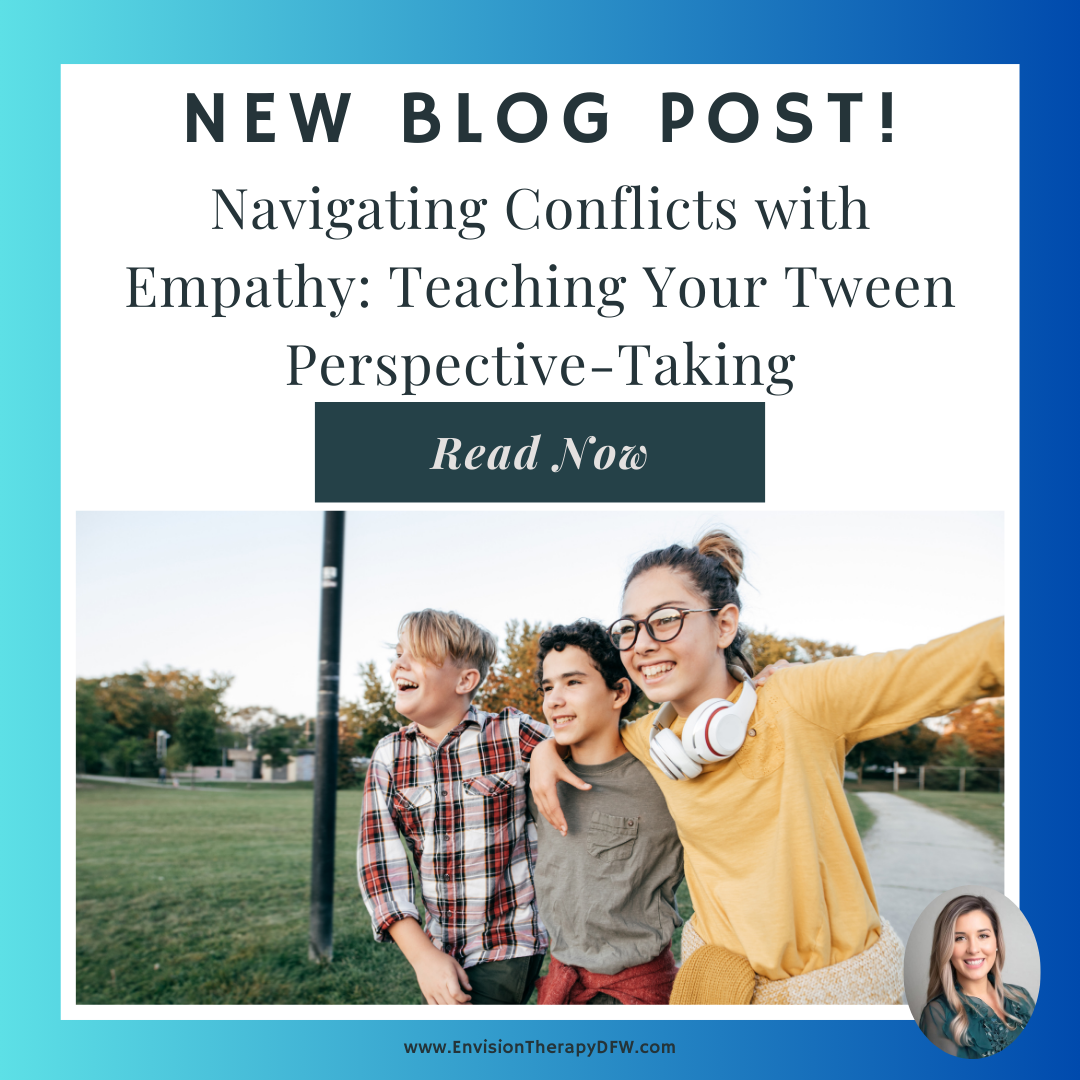












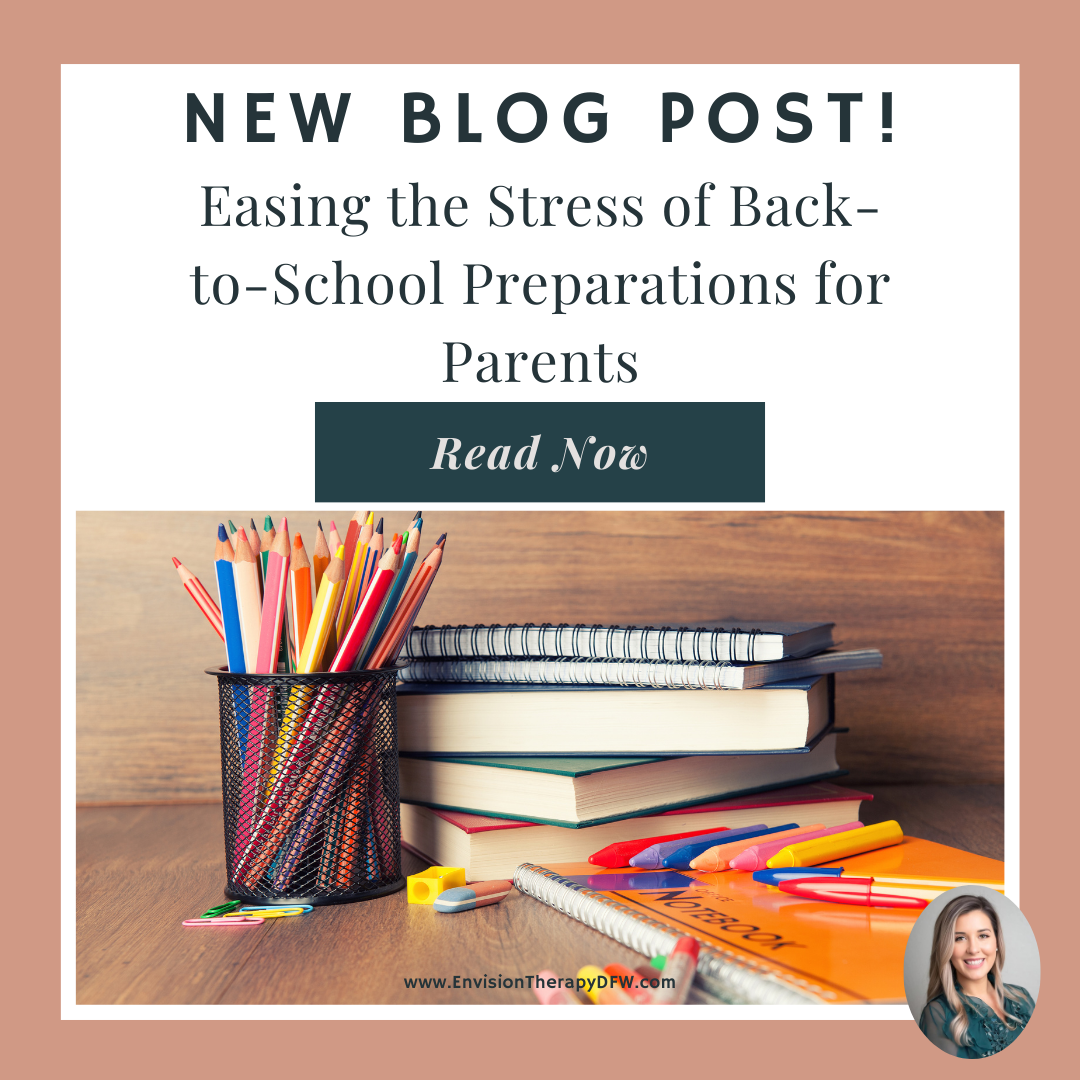
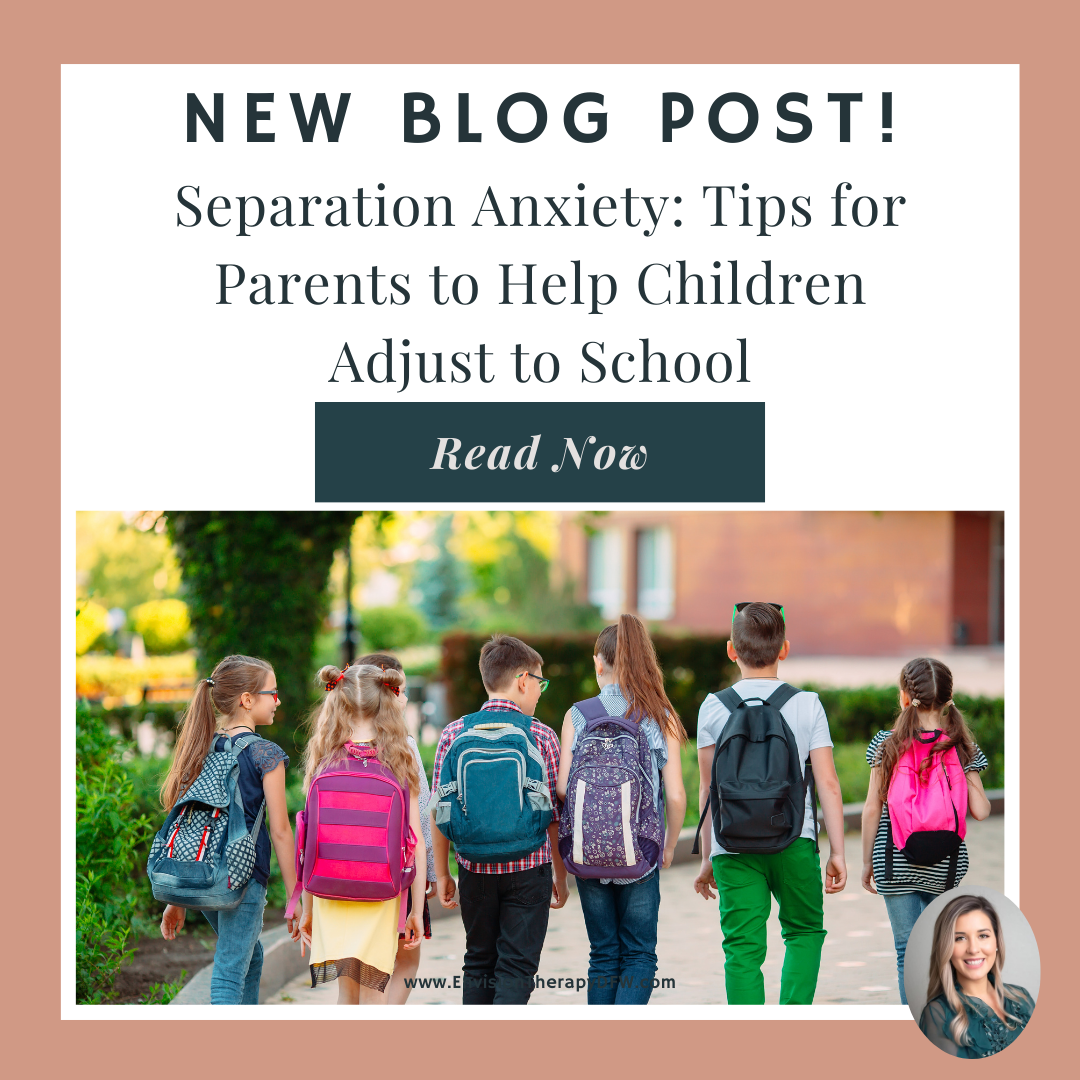


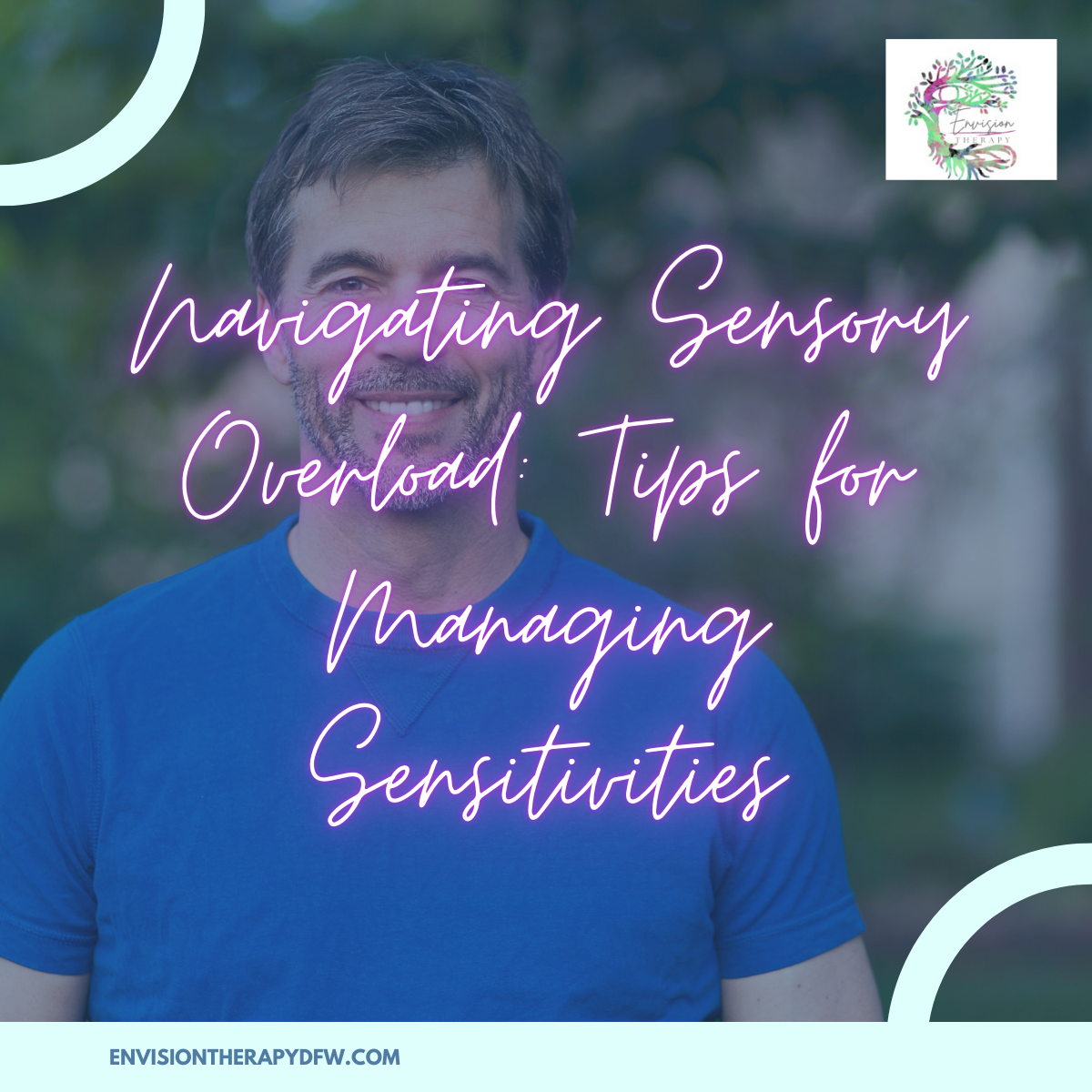


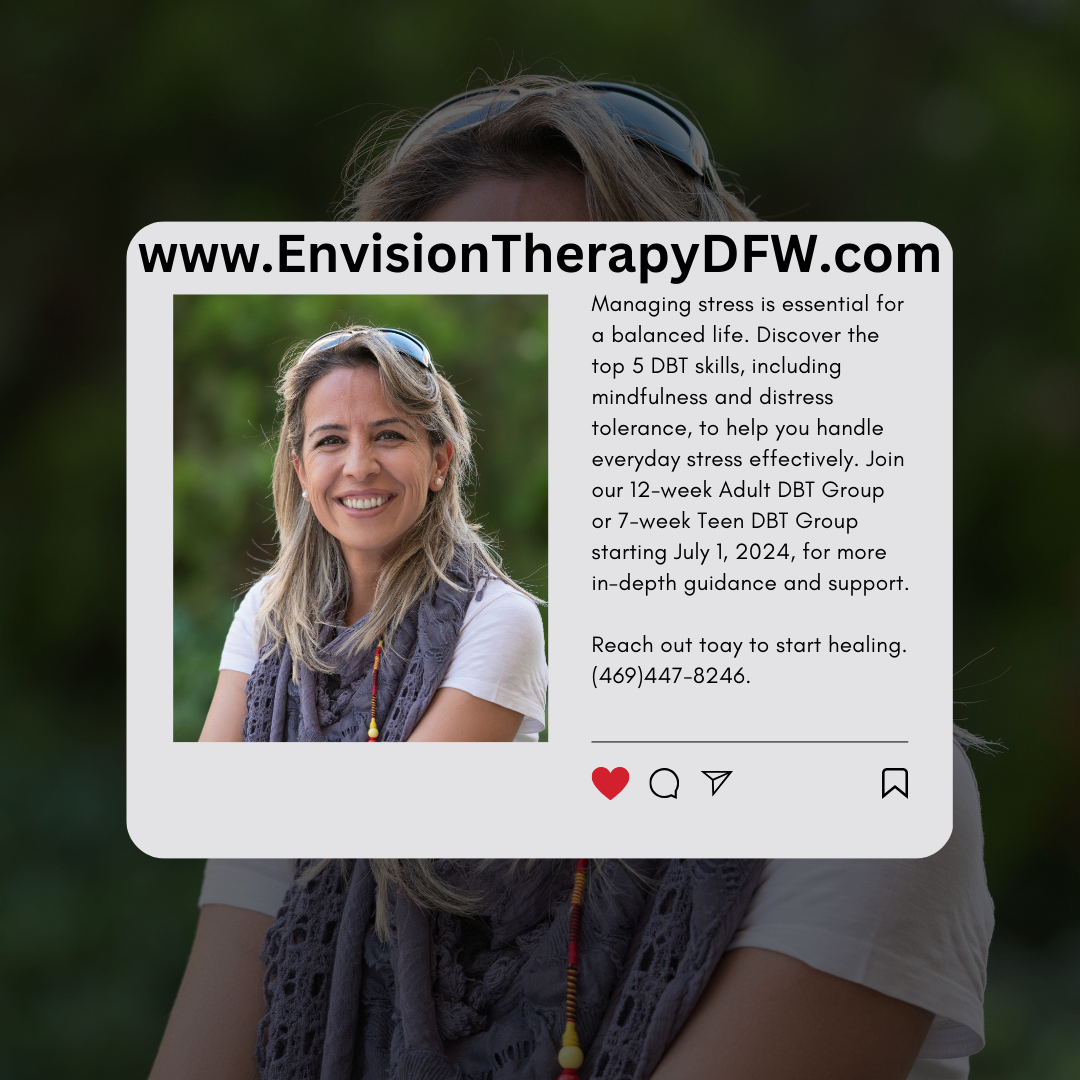
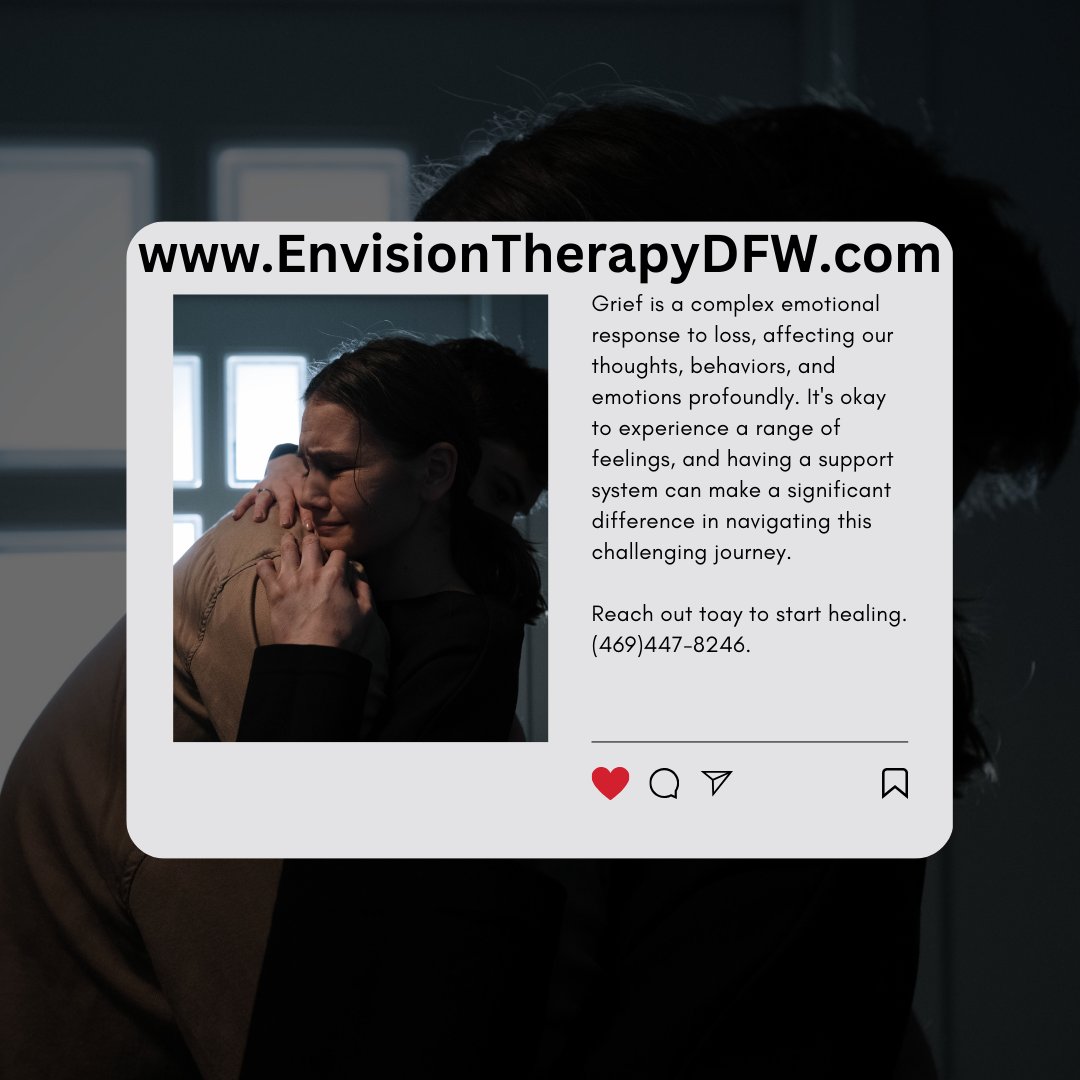
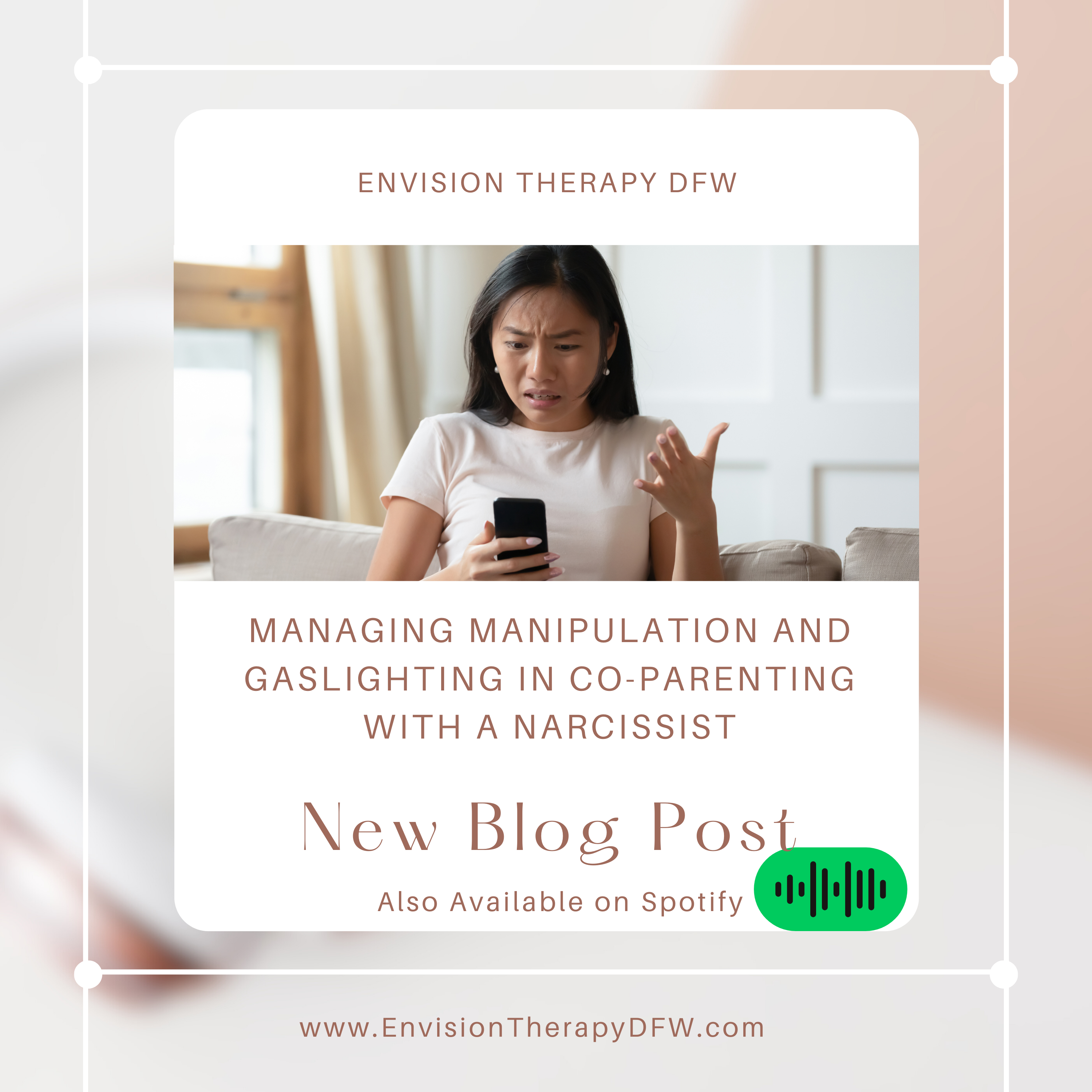

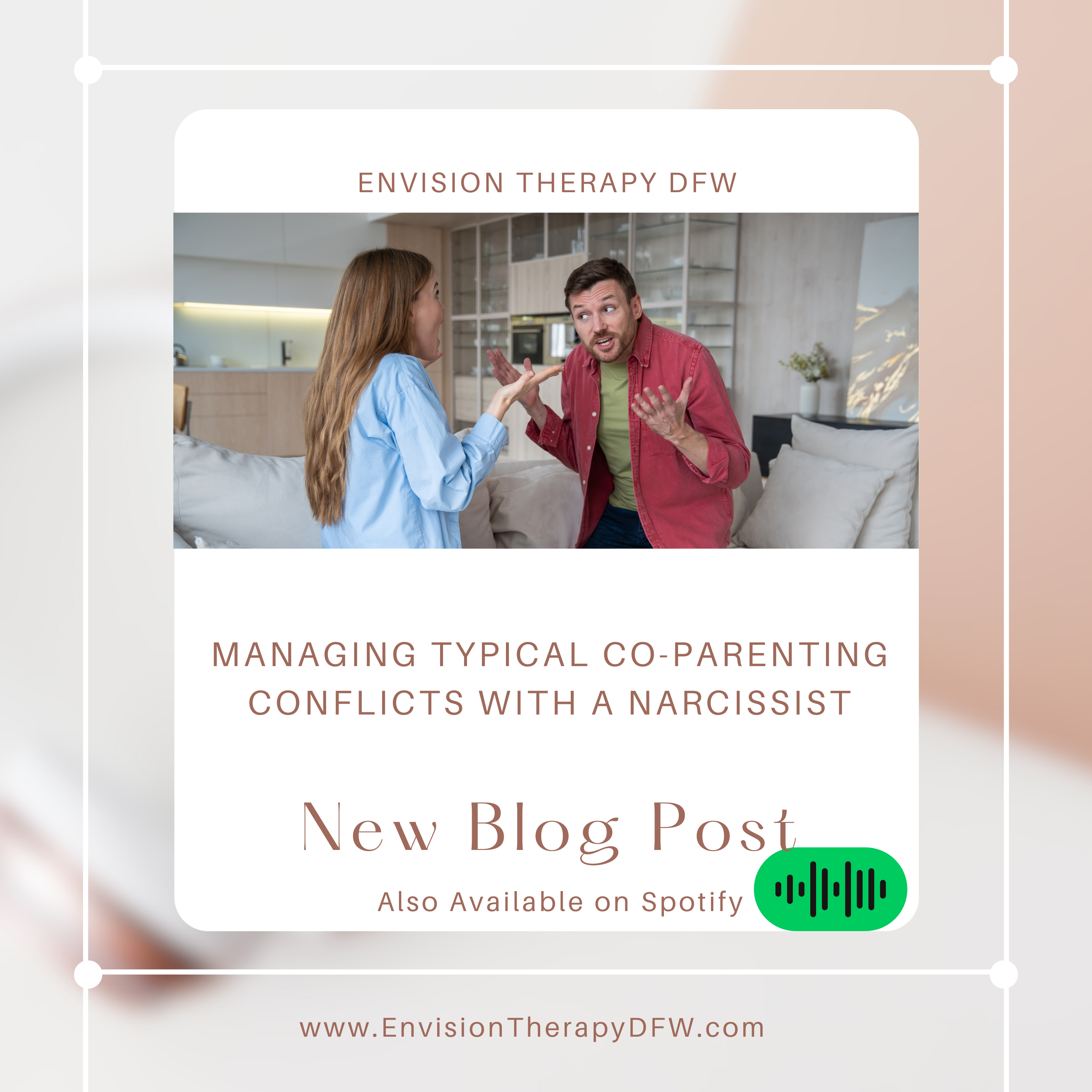
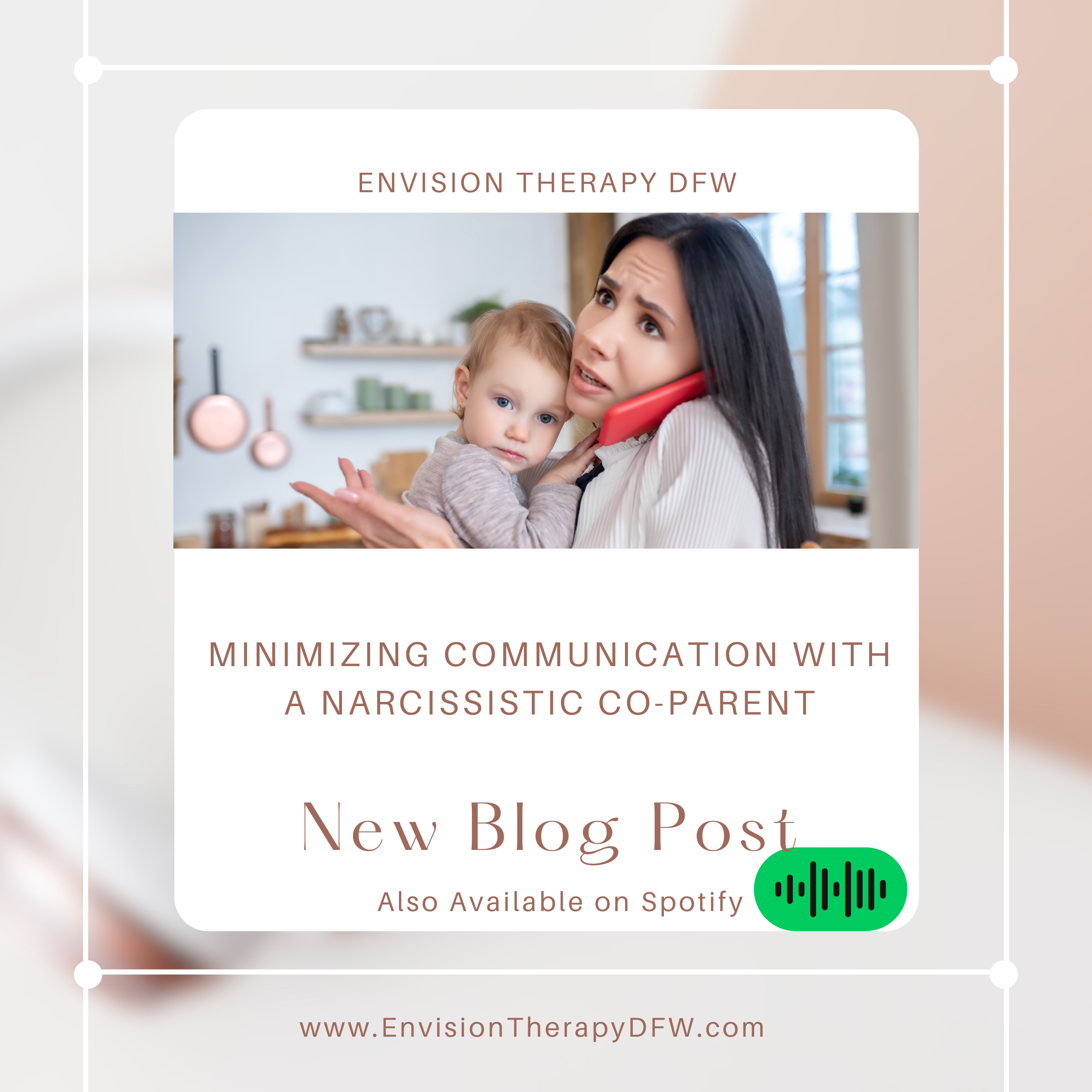
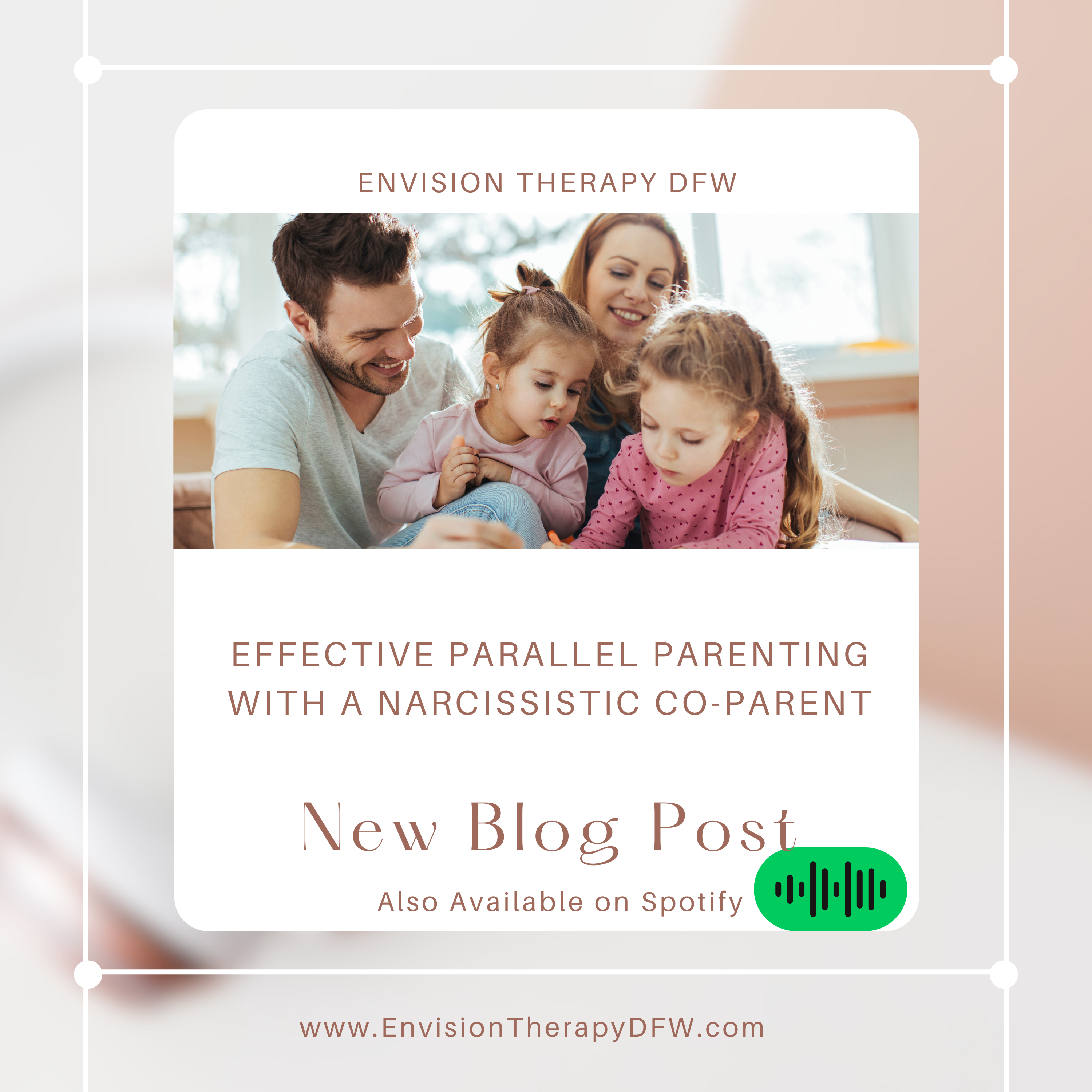
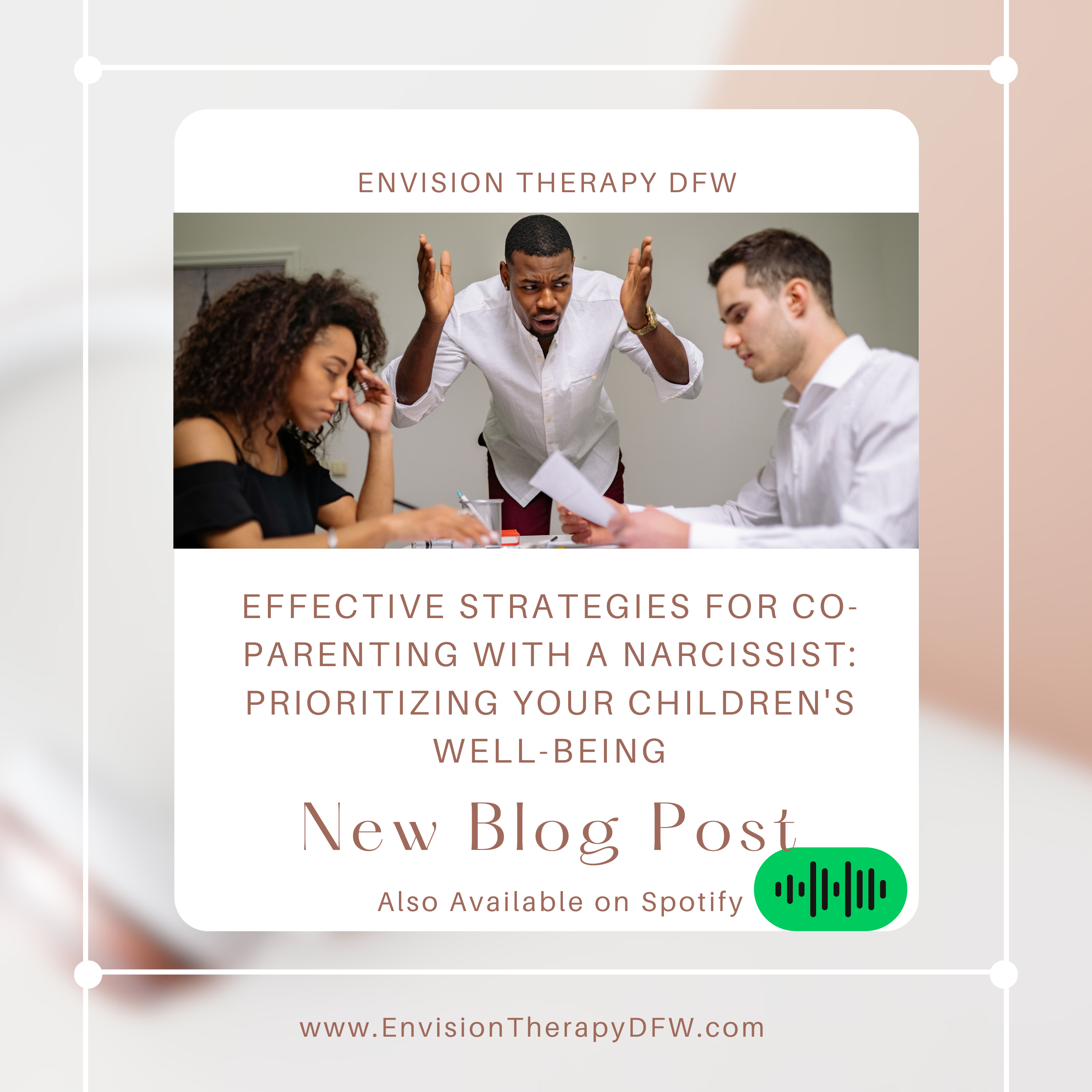
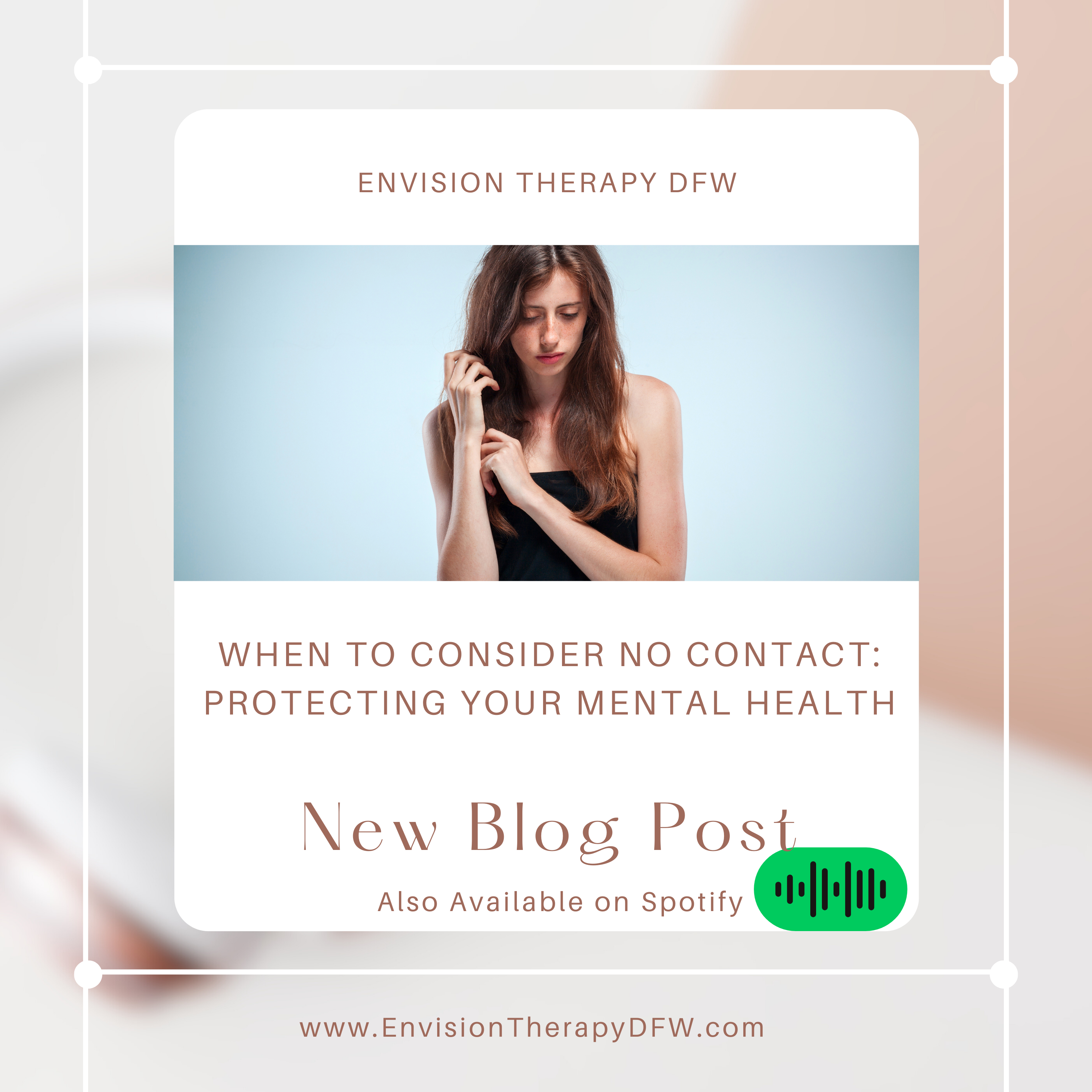

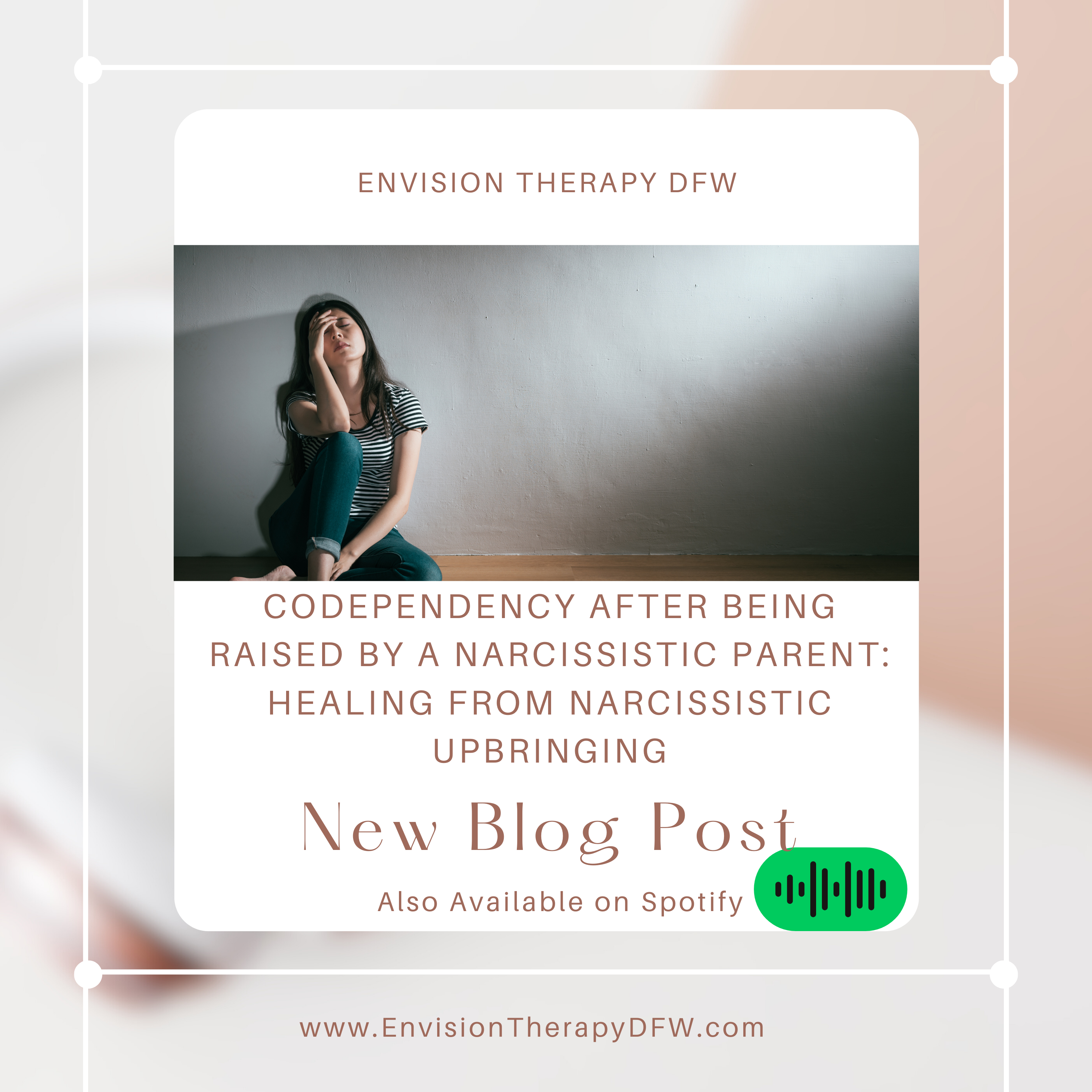
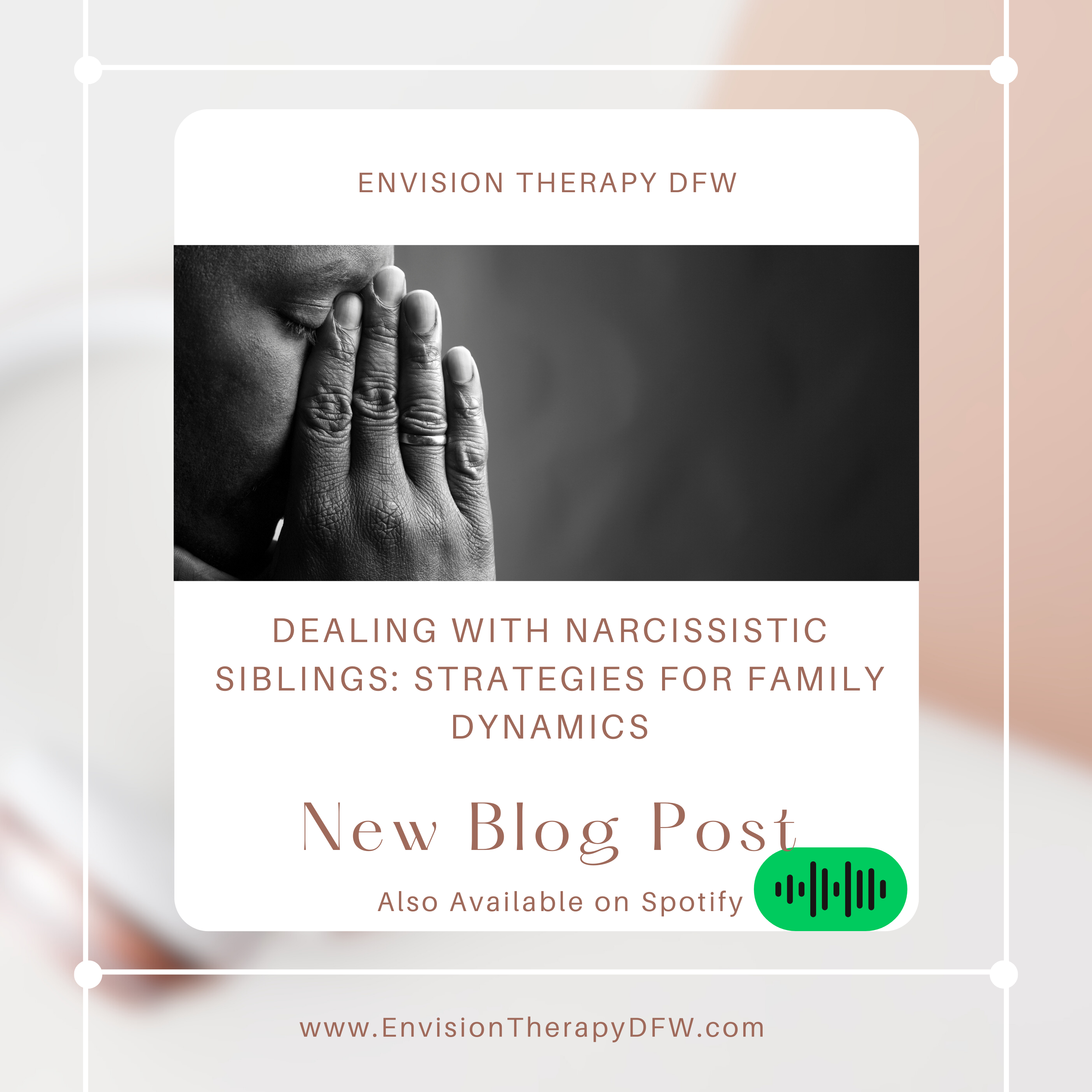

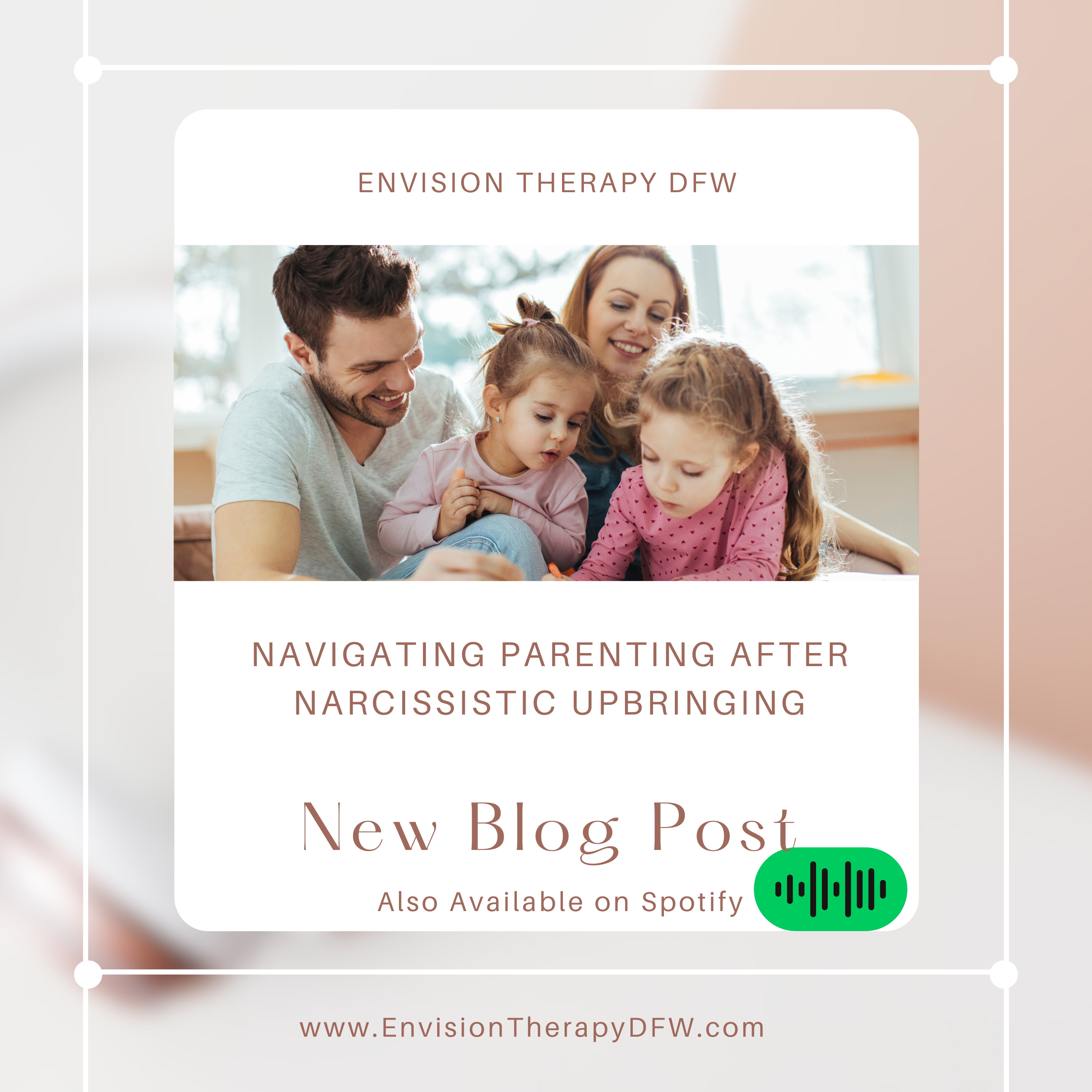
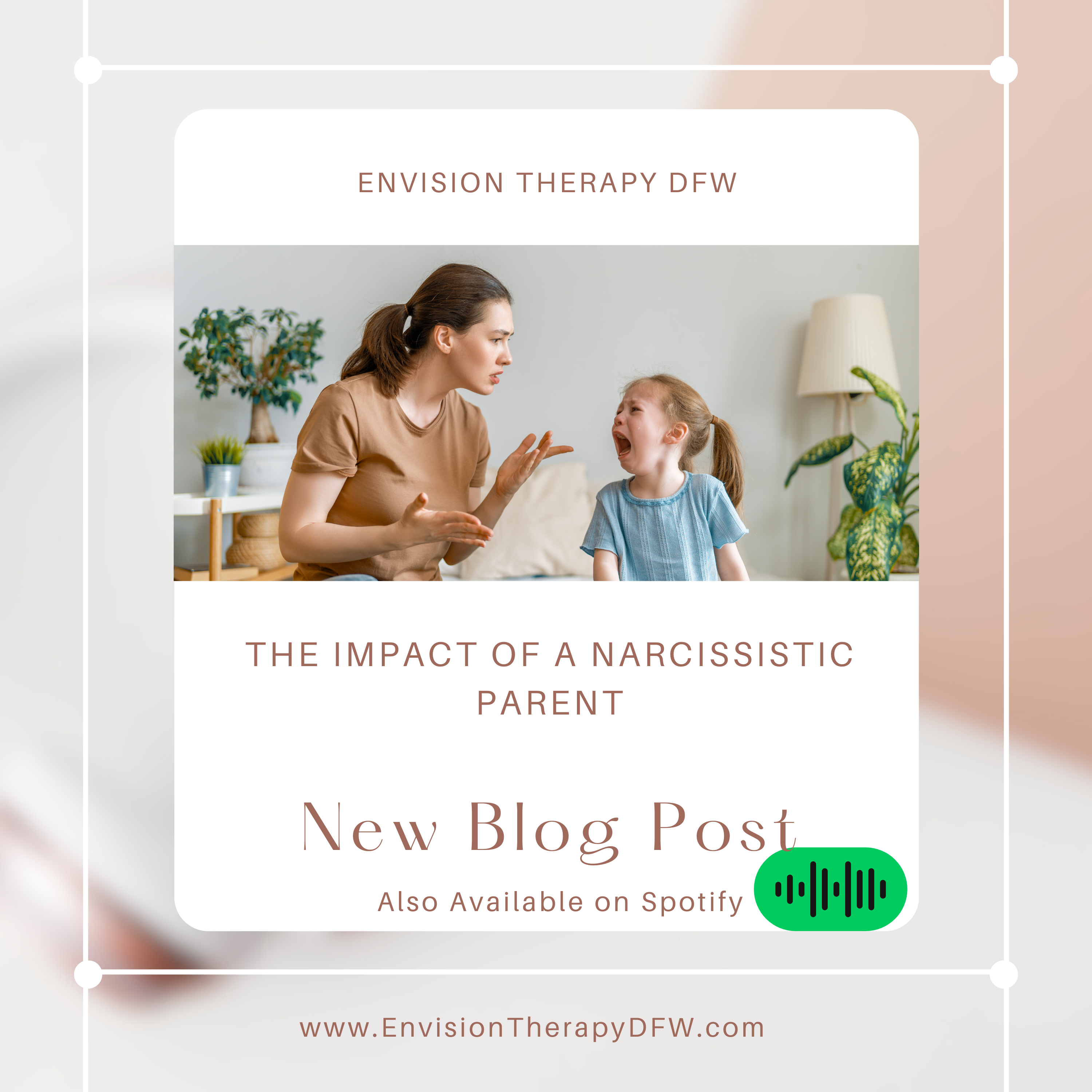
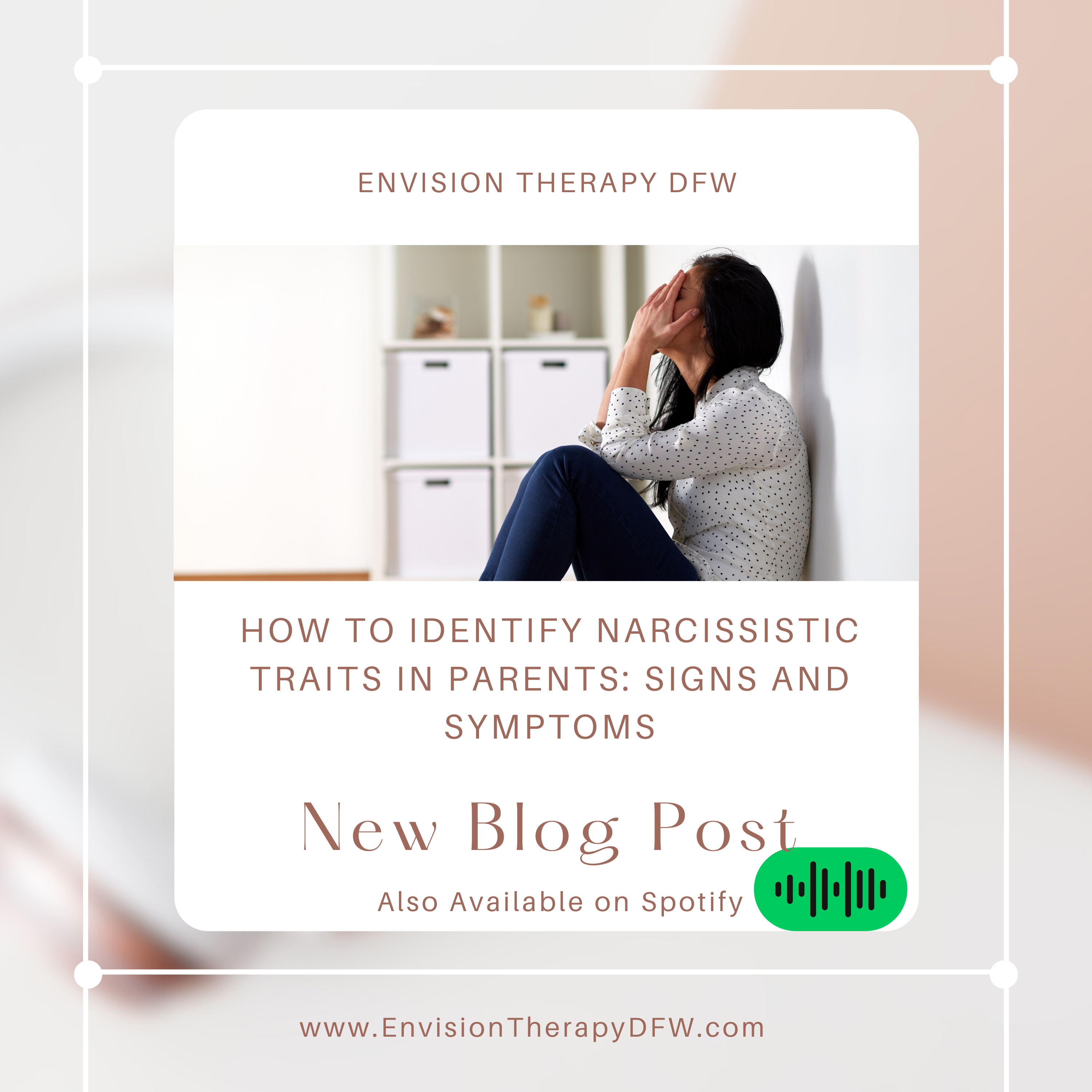
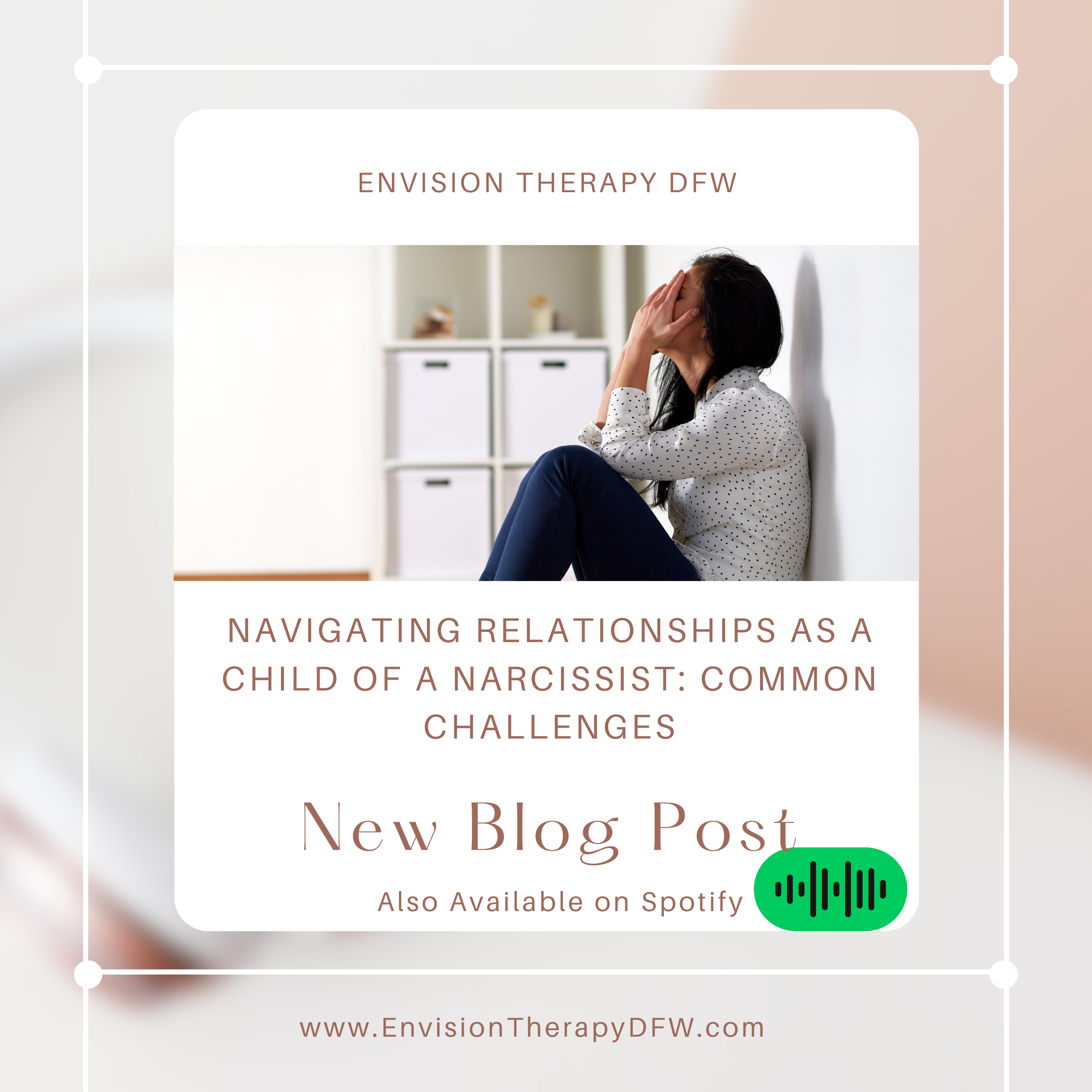














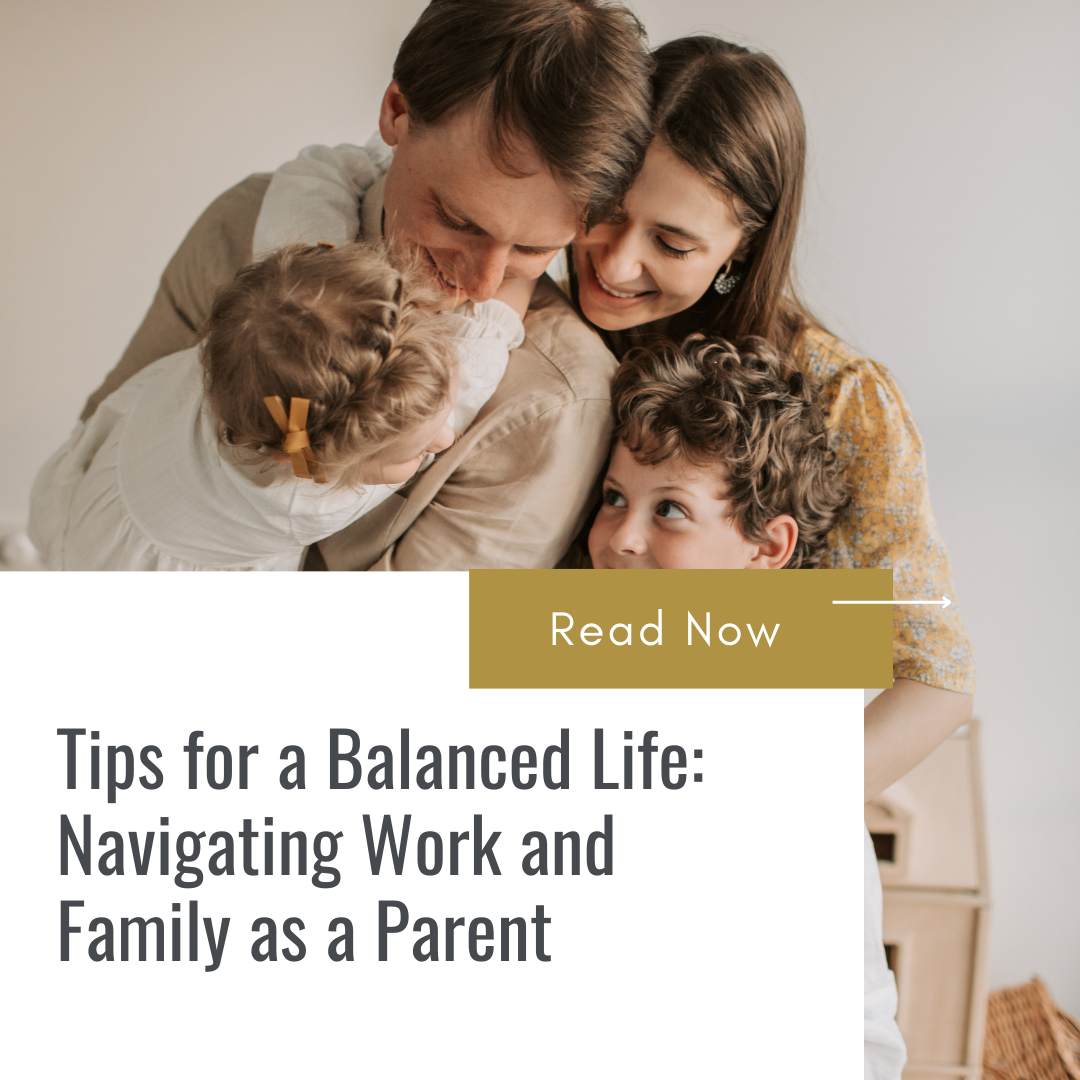
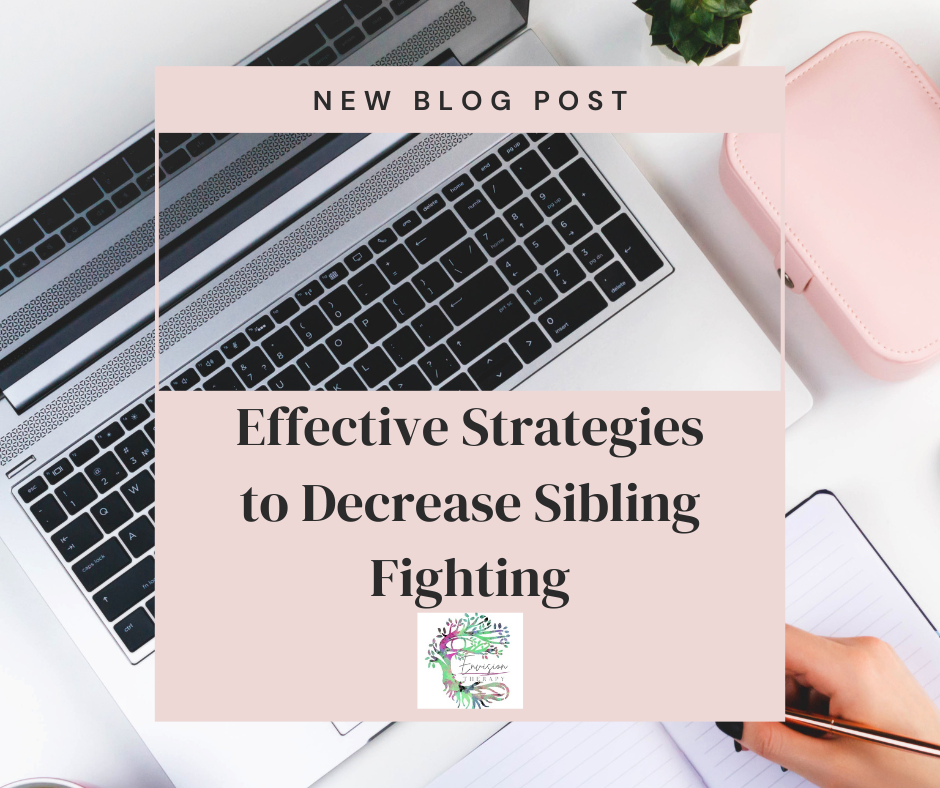
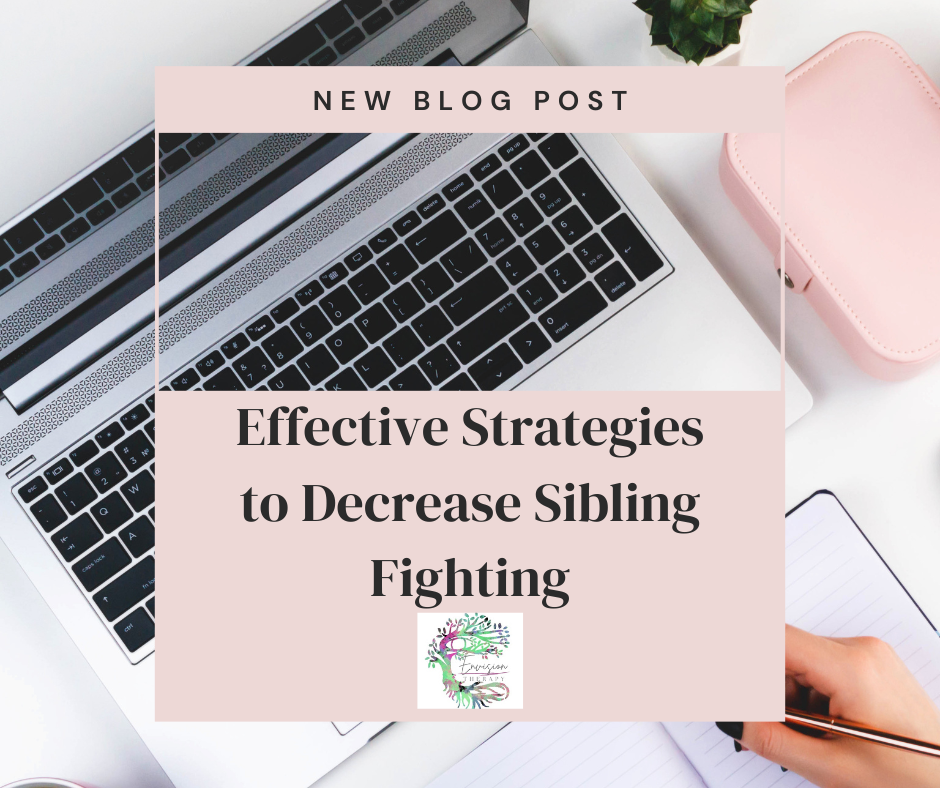

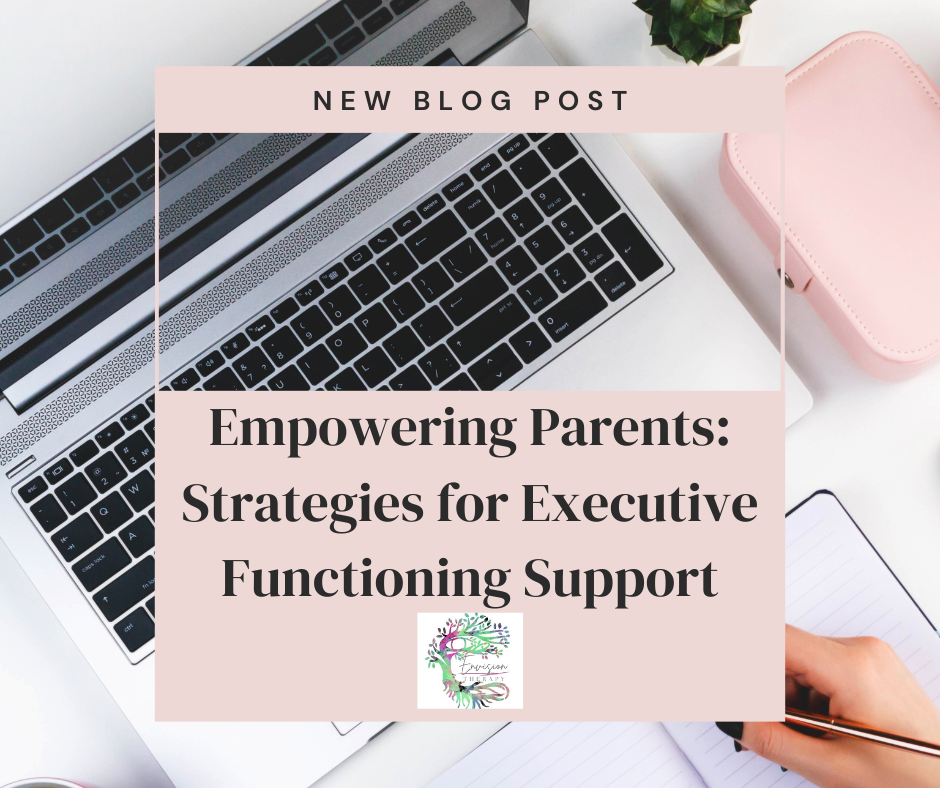
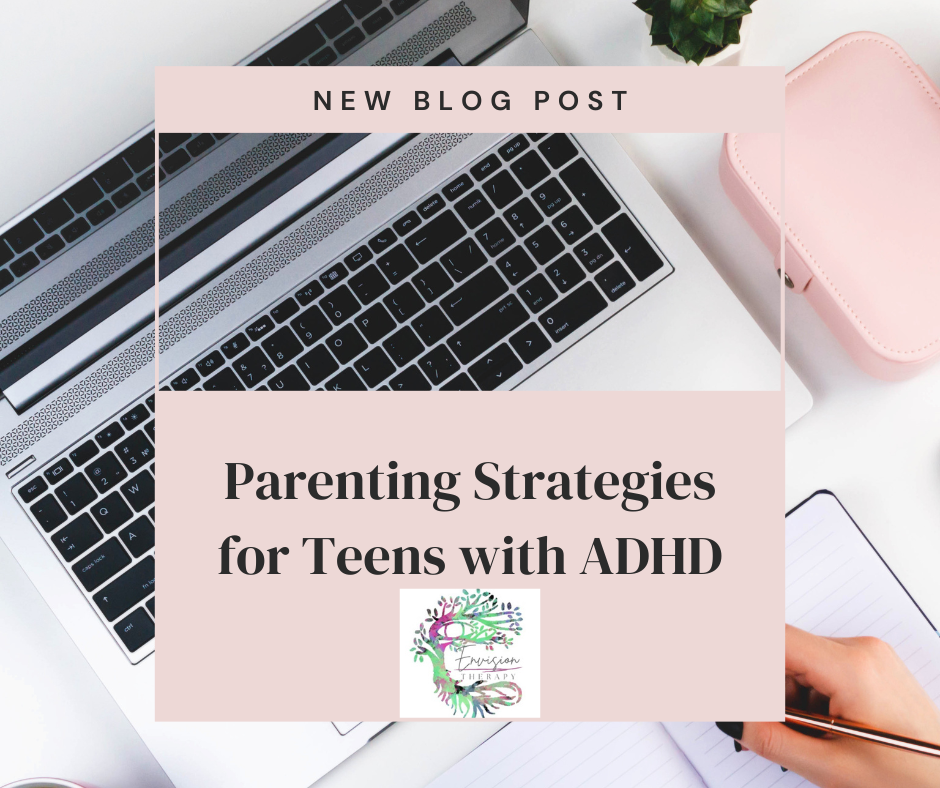


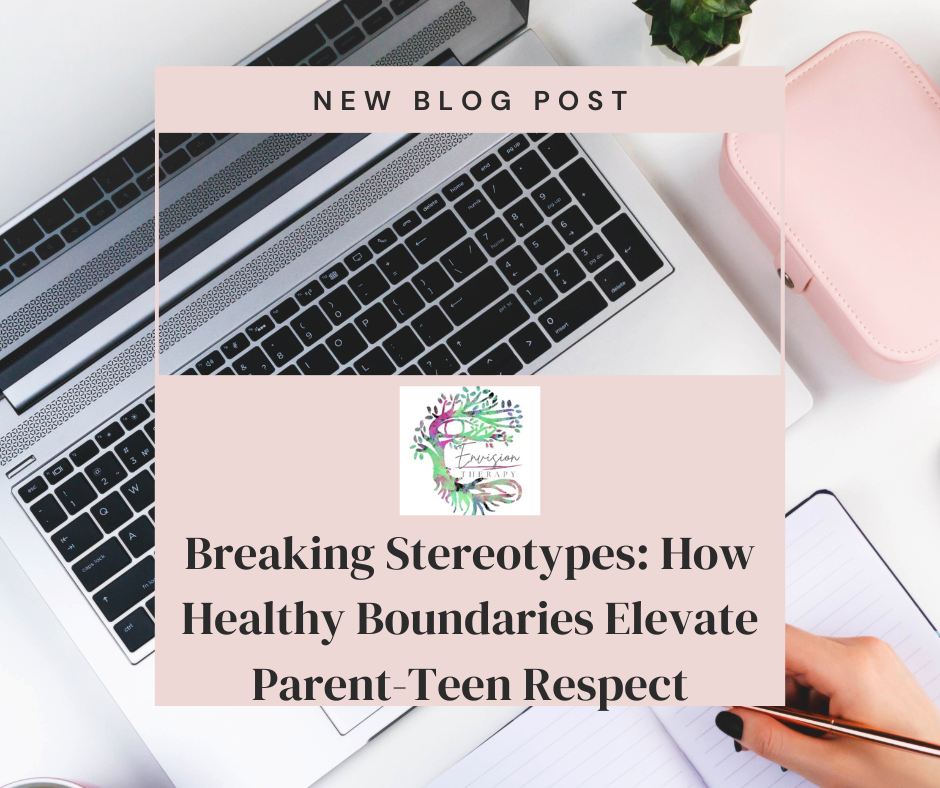
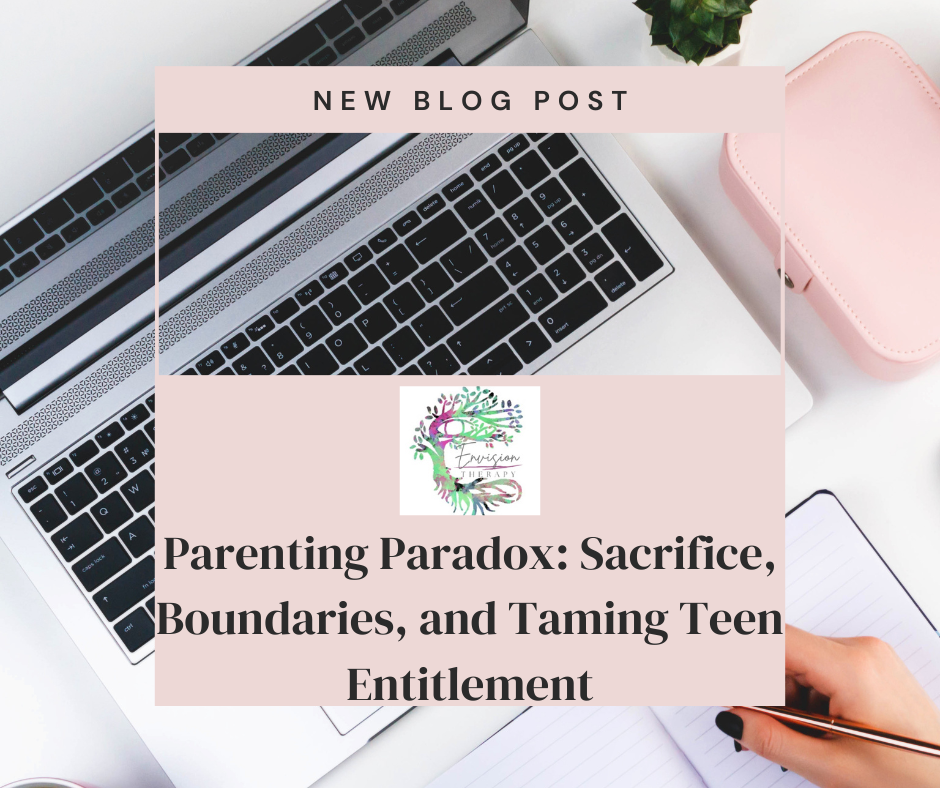



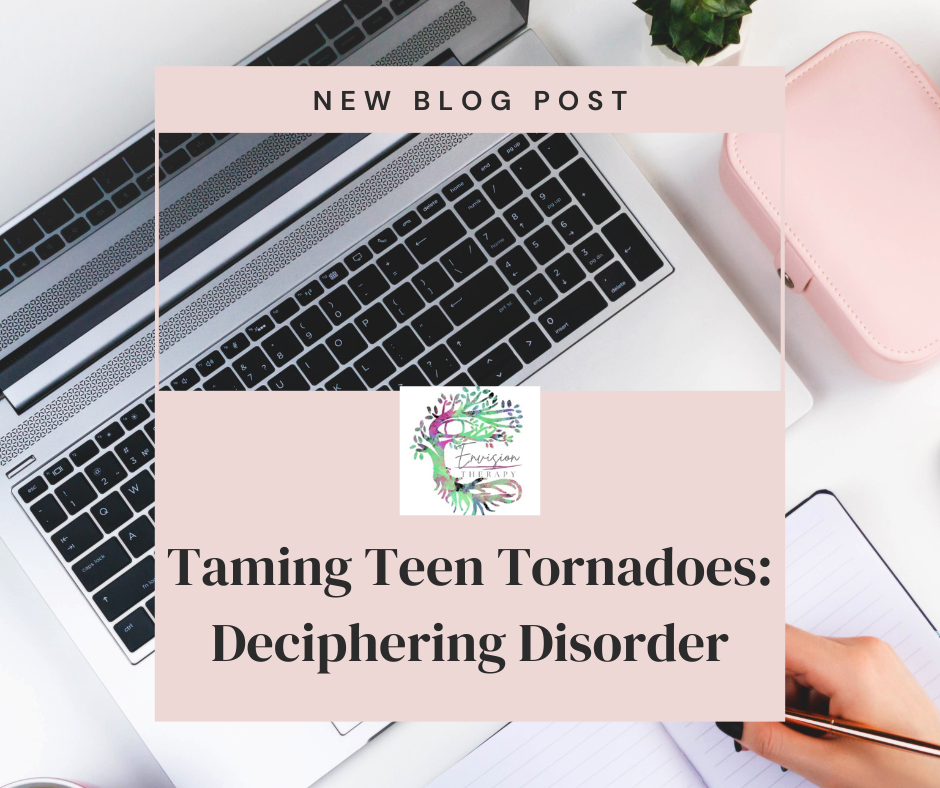
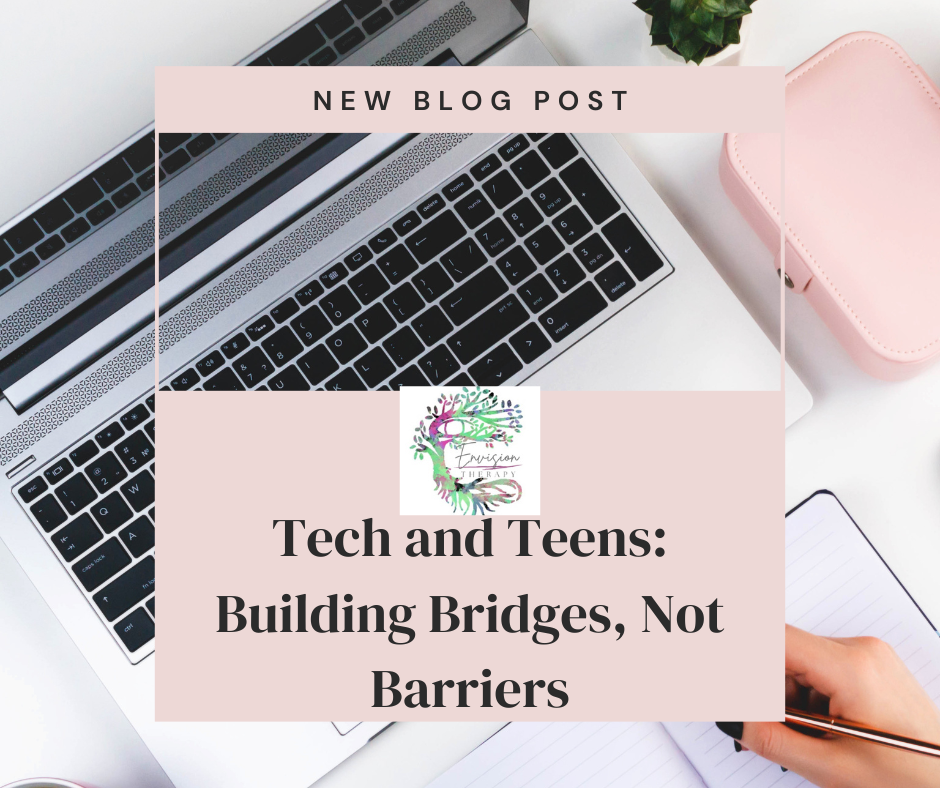





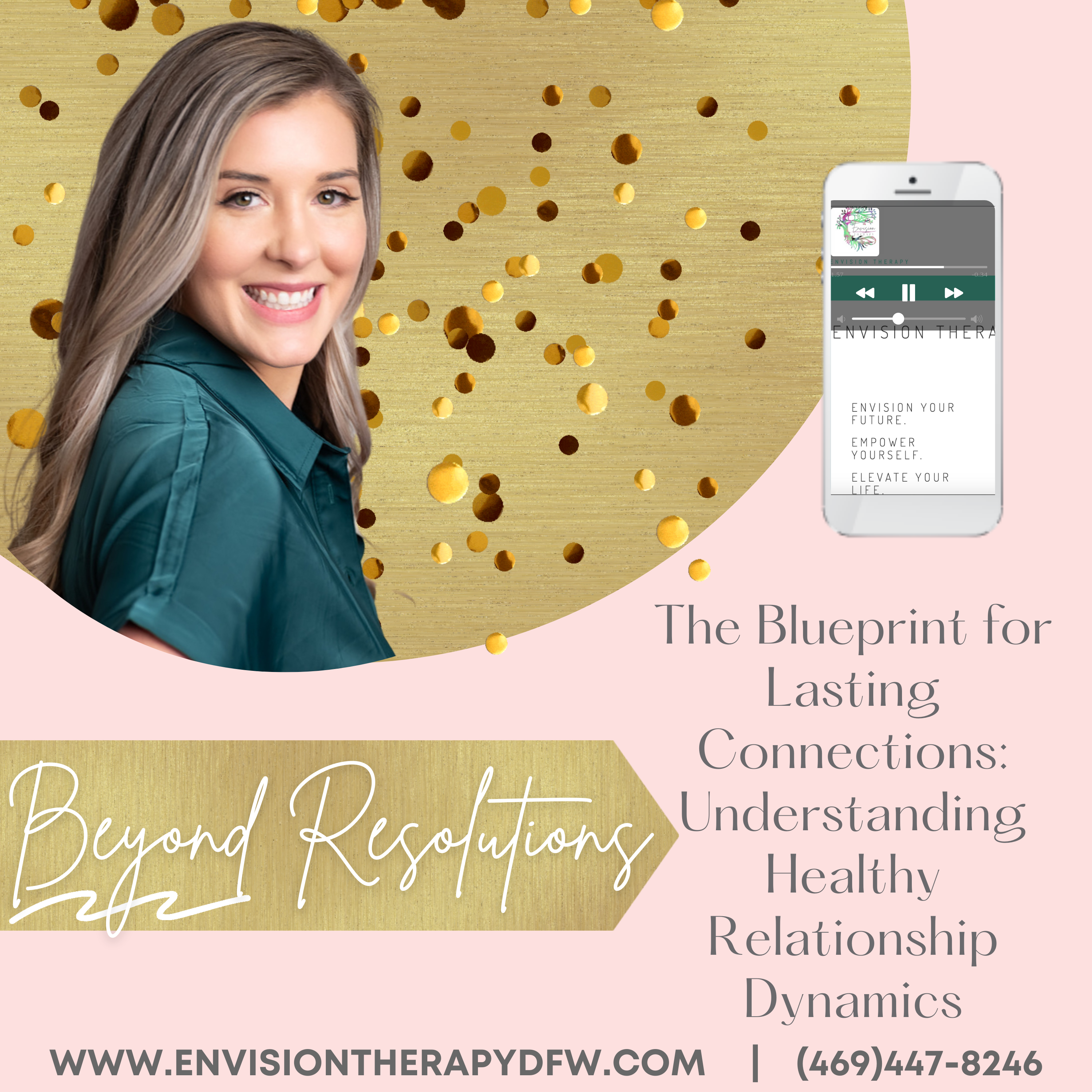
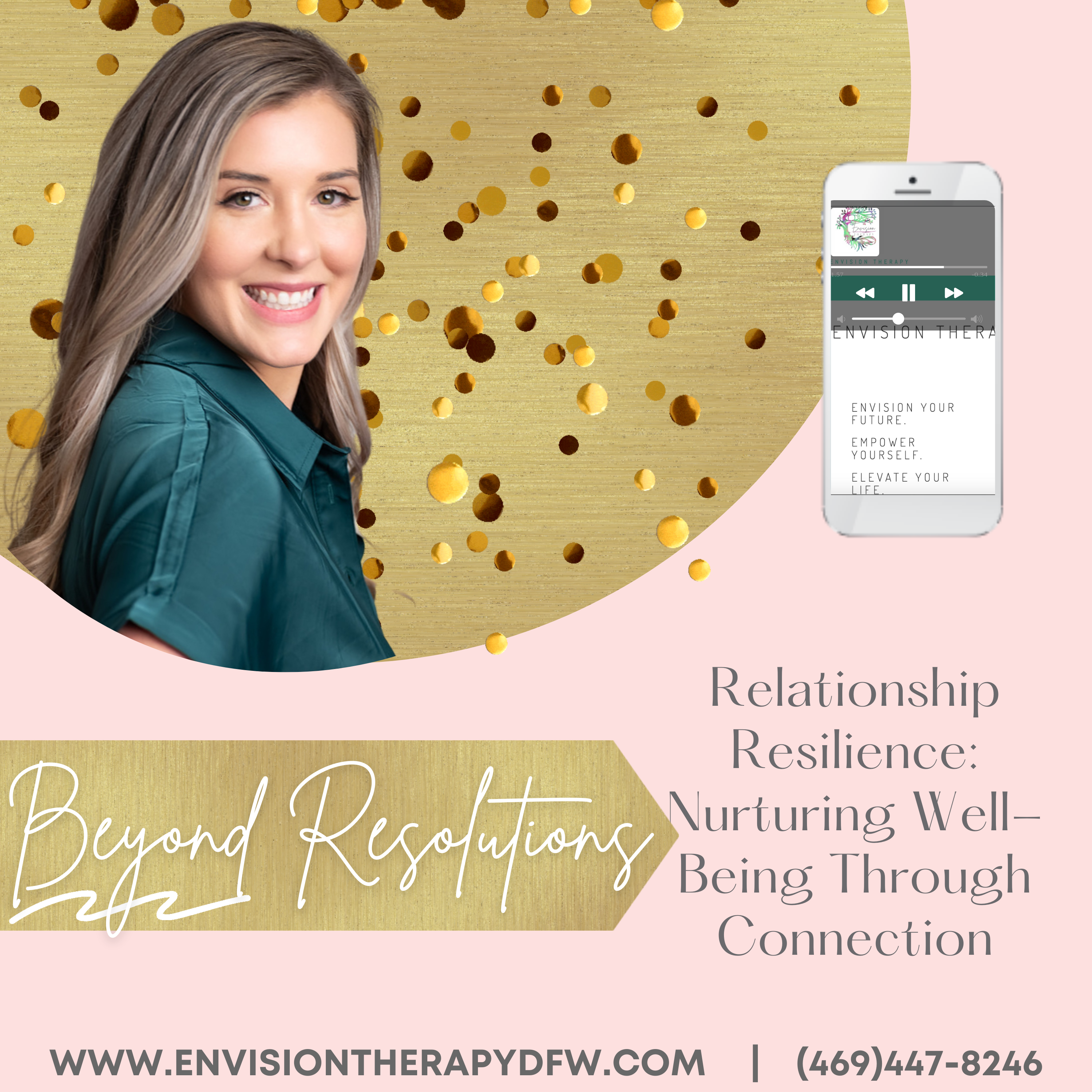


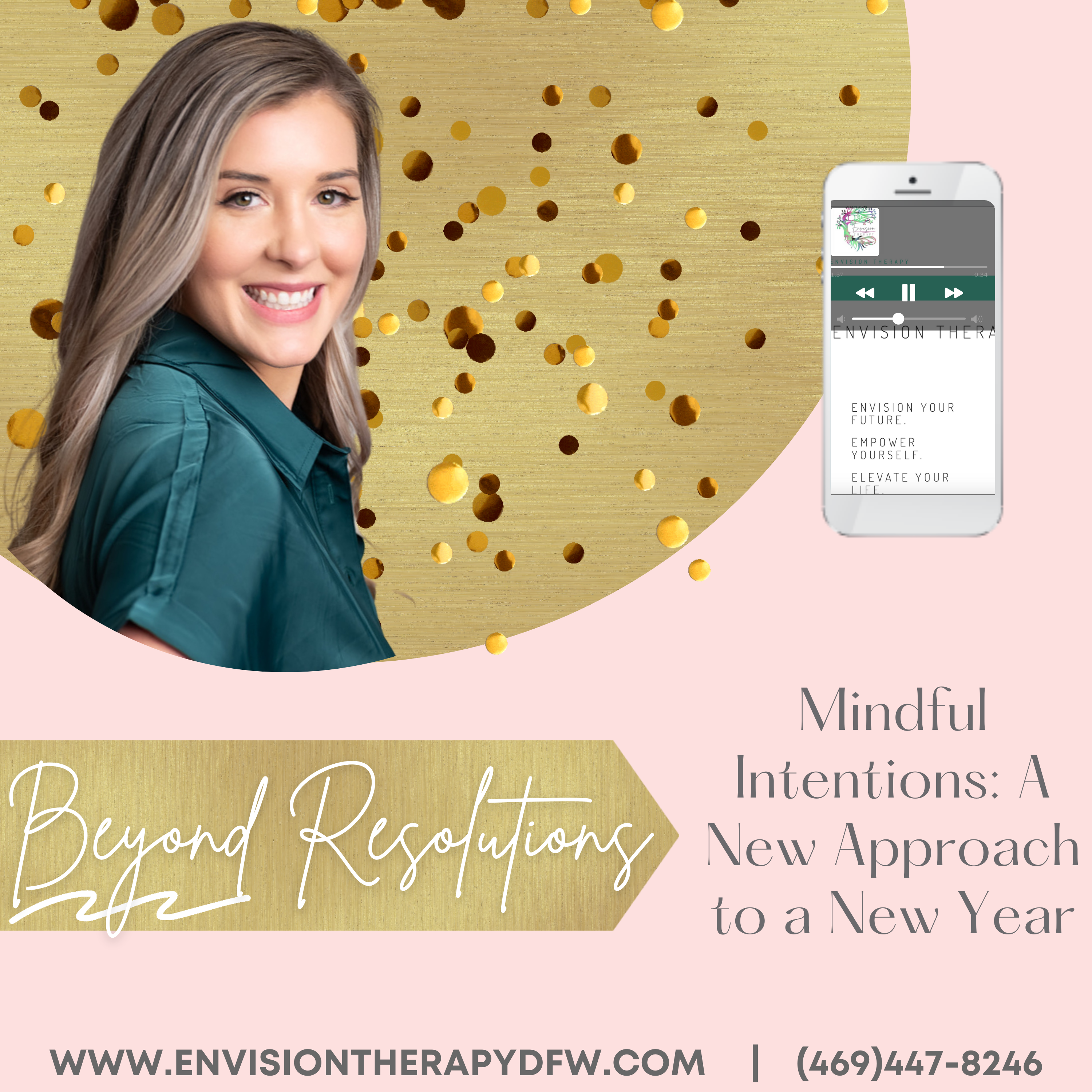
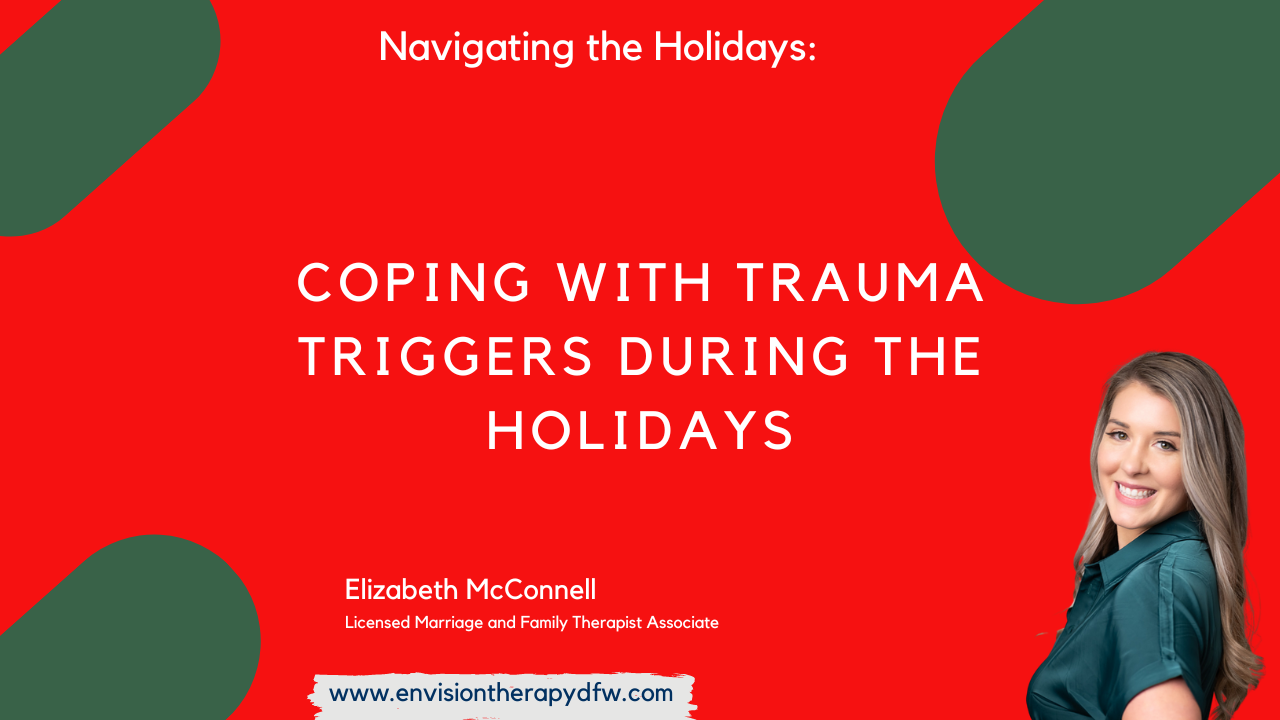


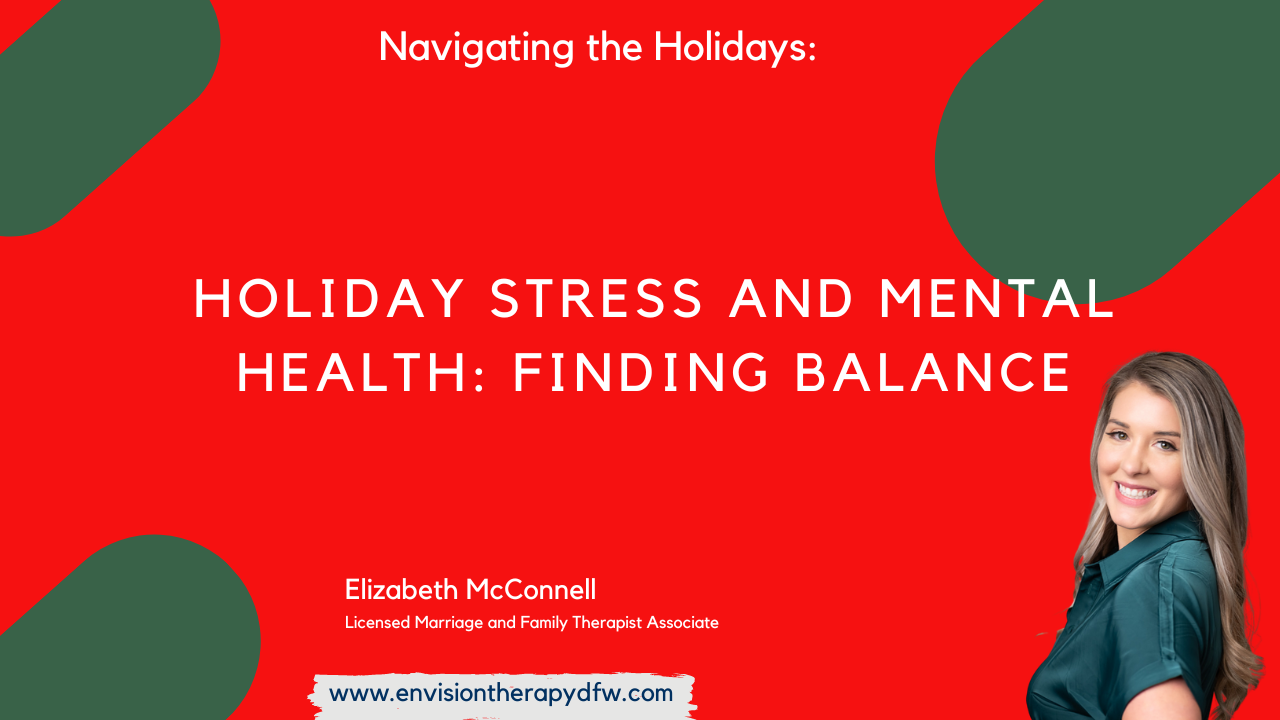

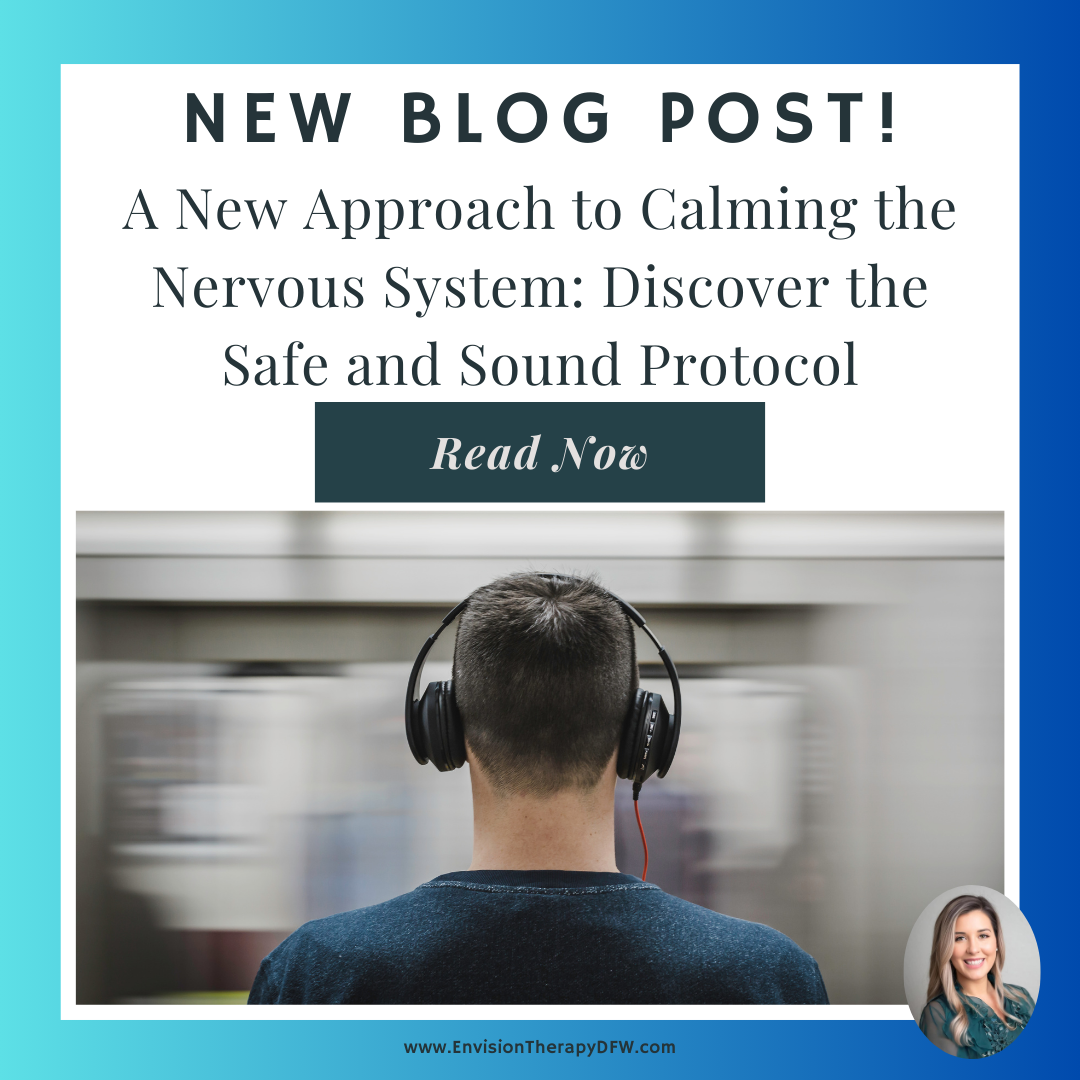
Leave a Reply